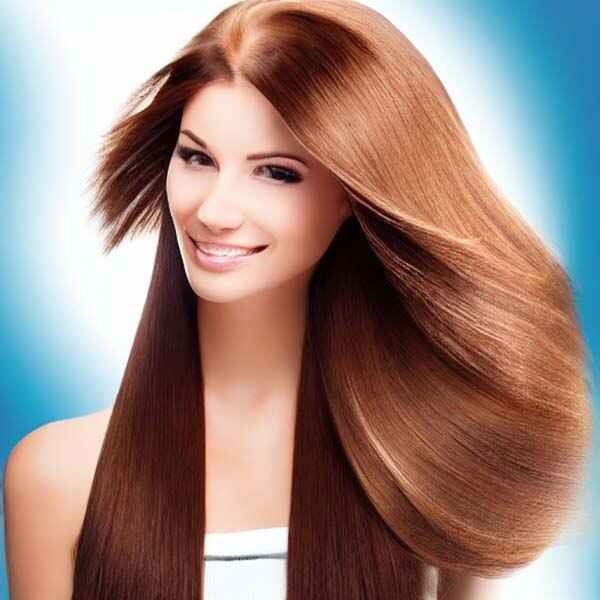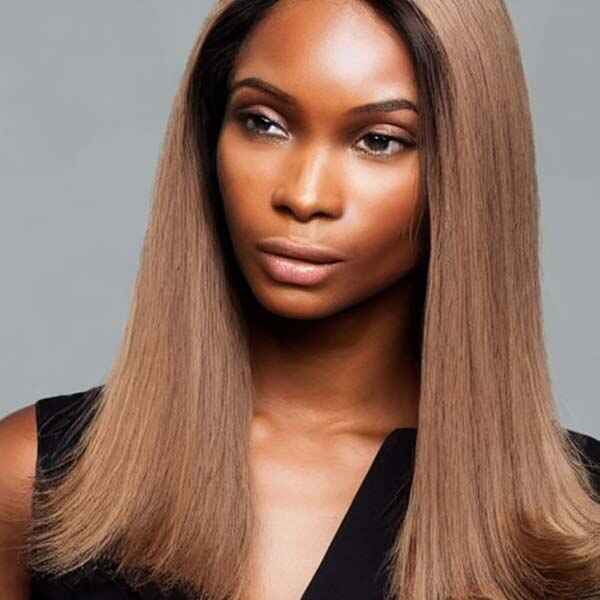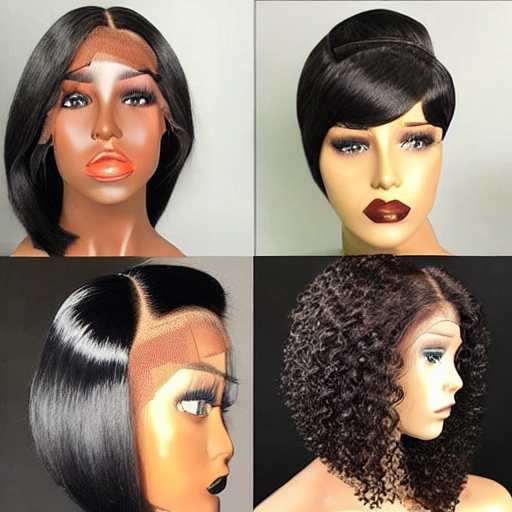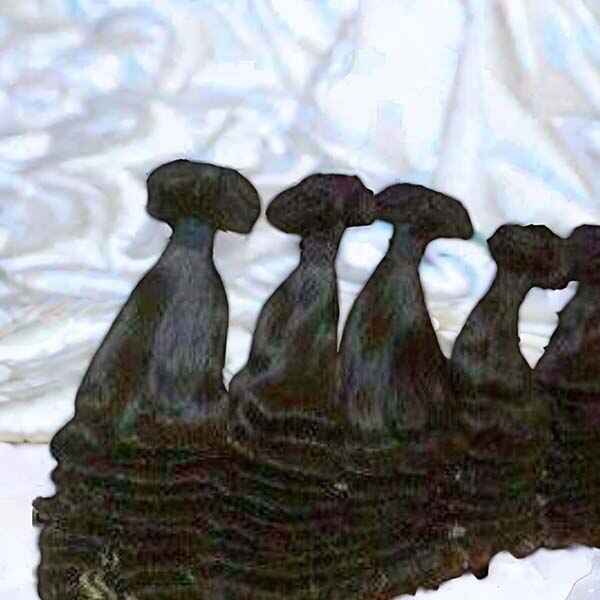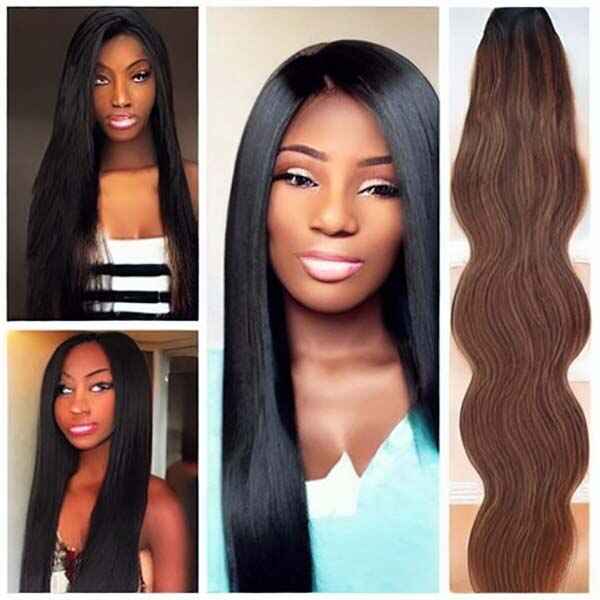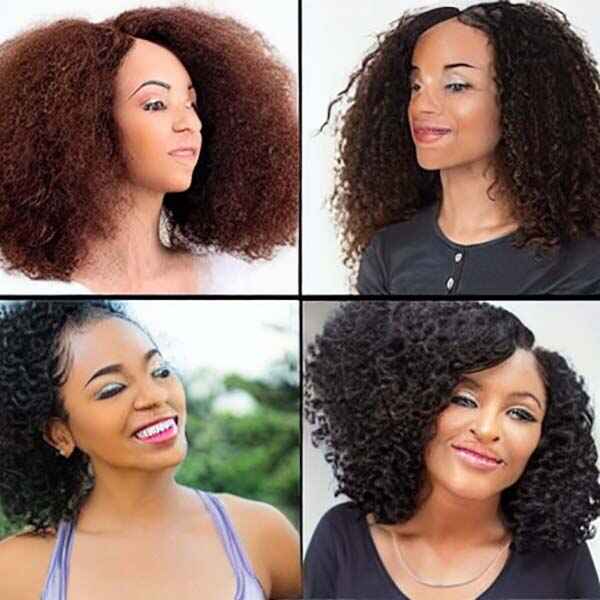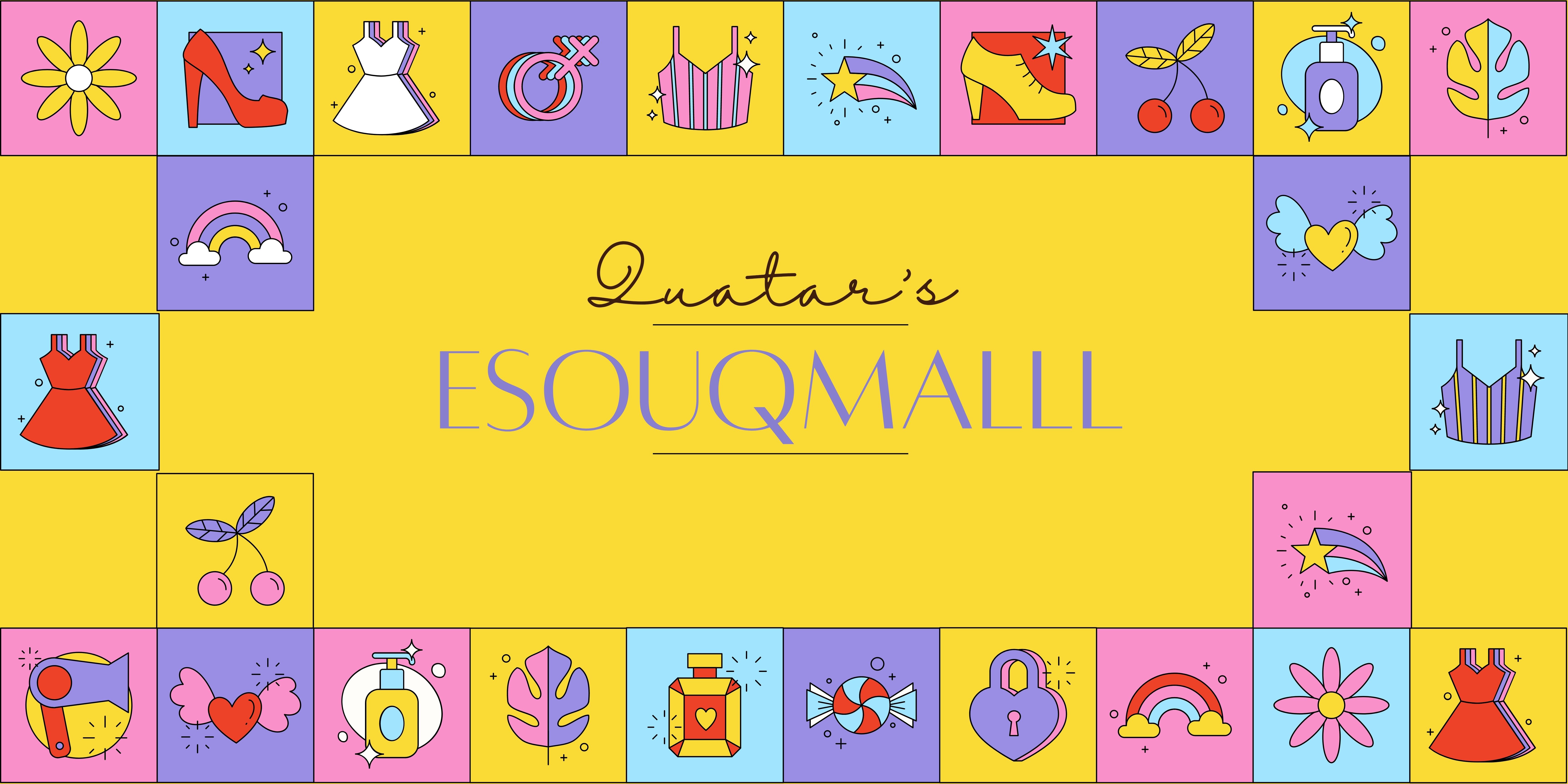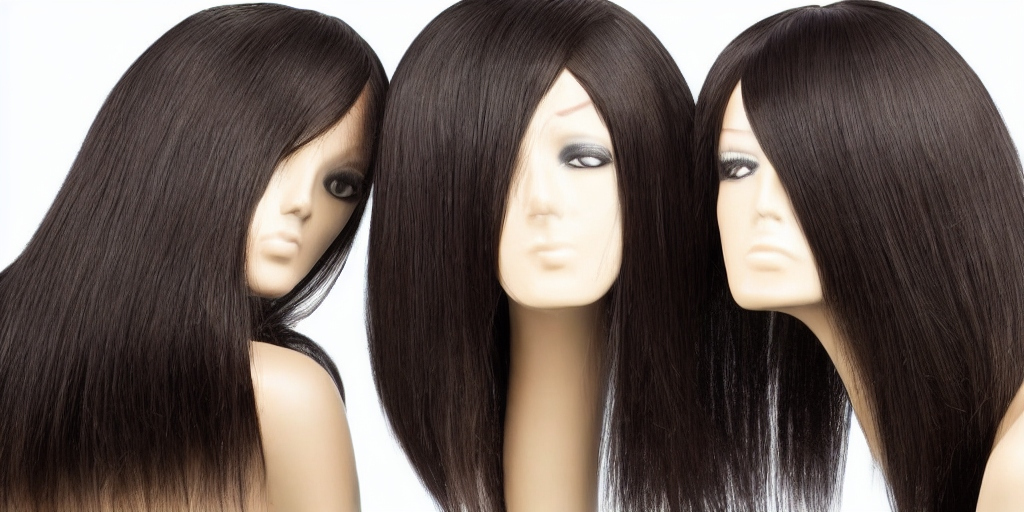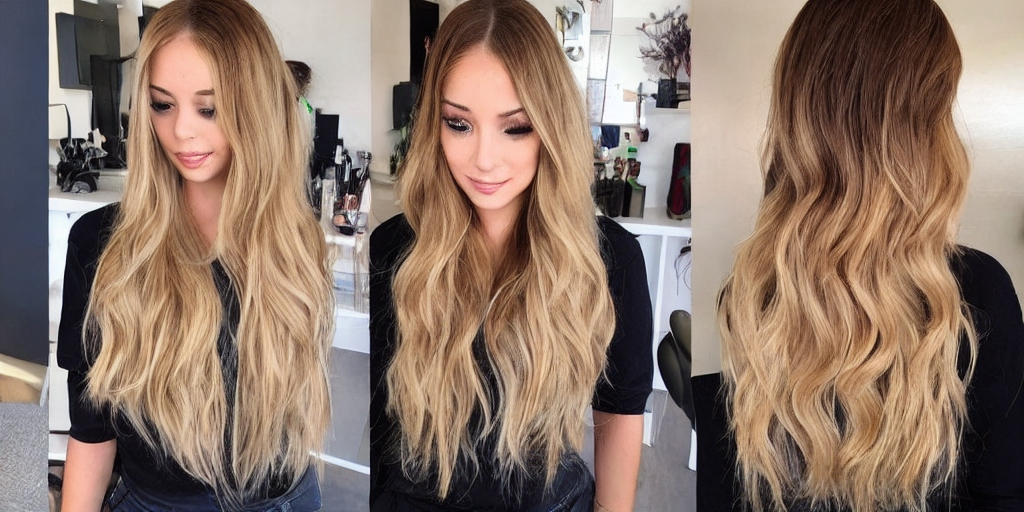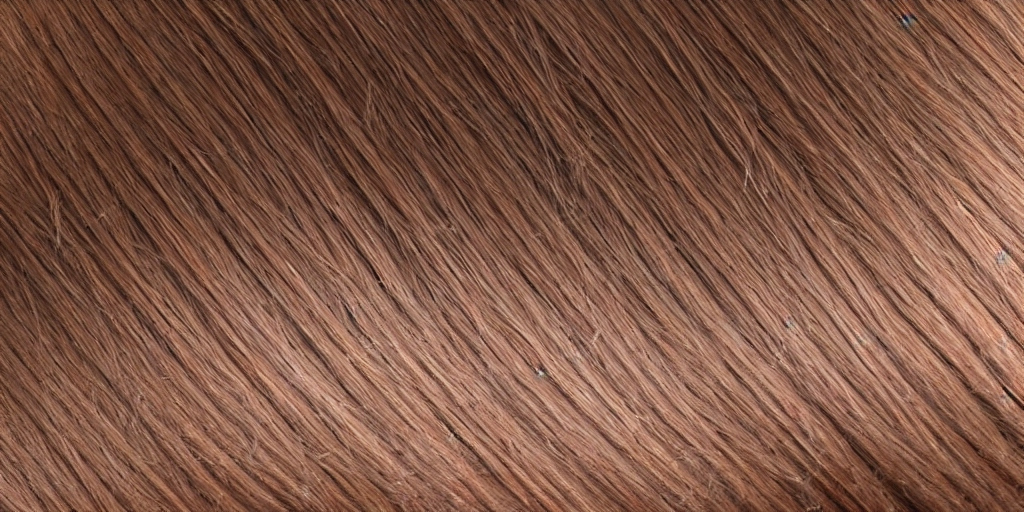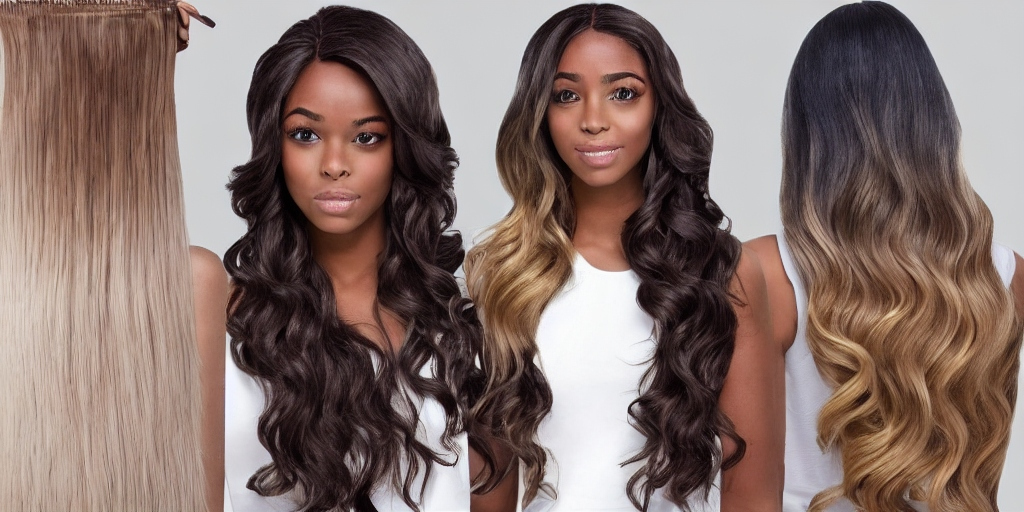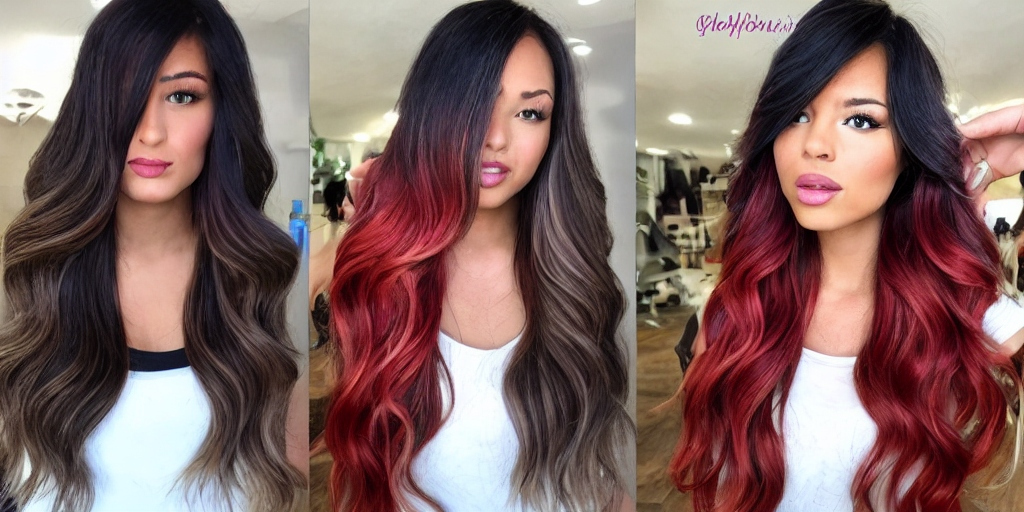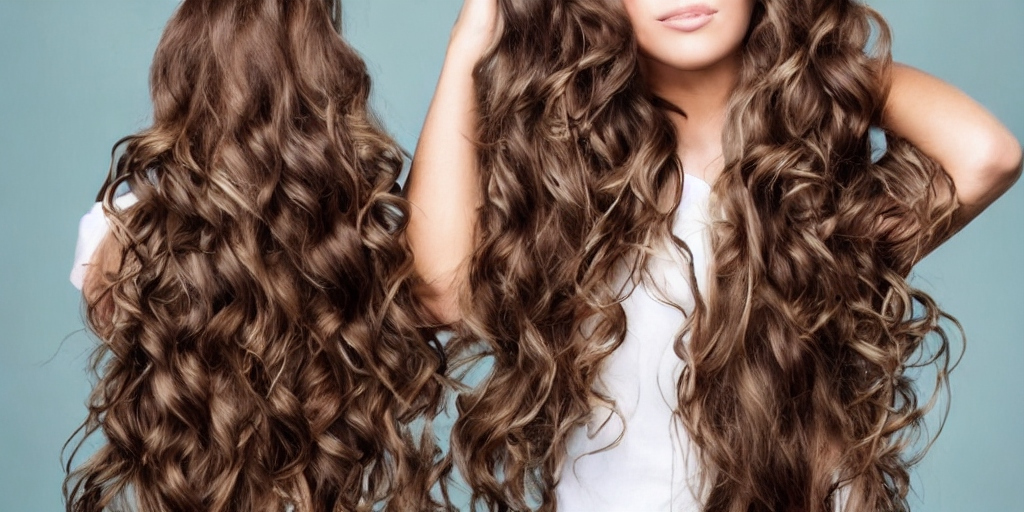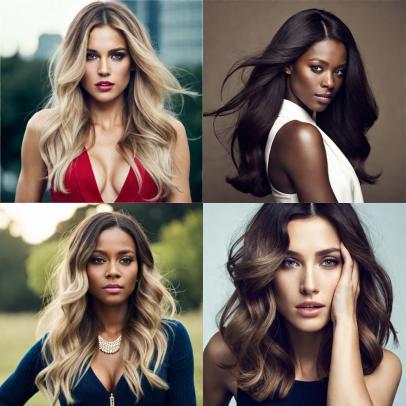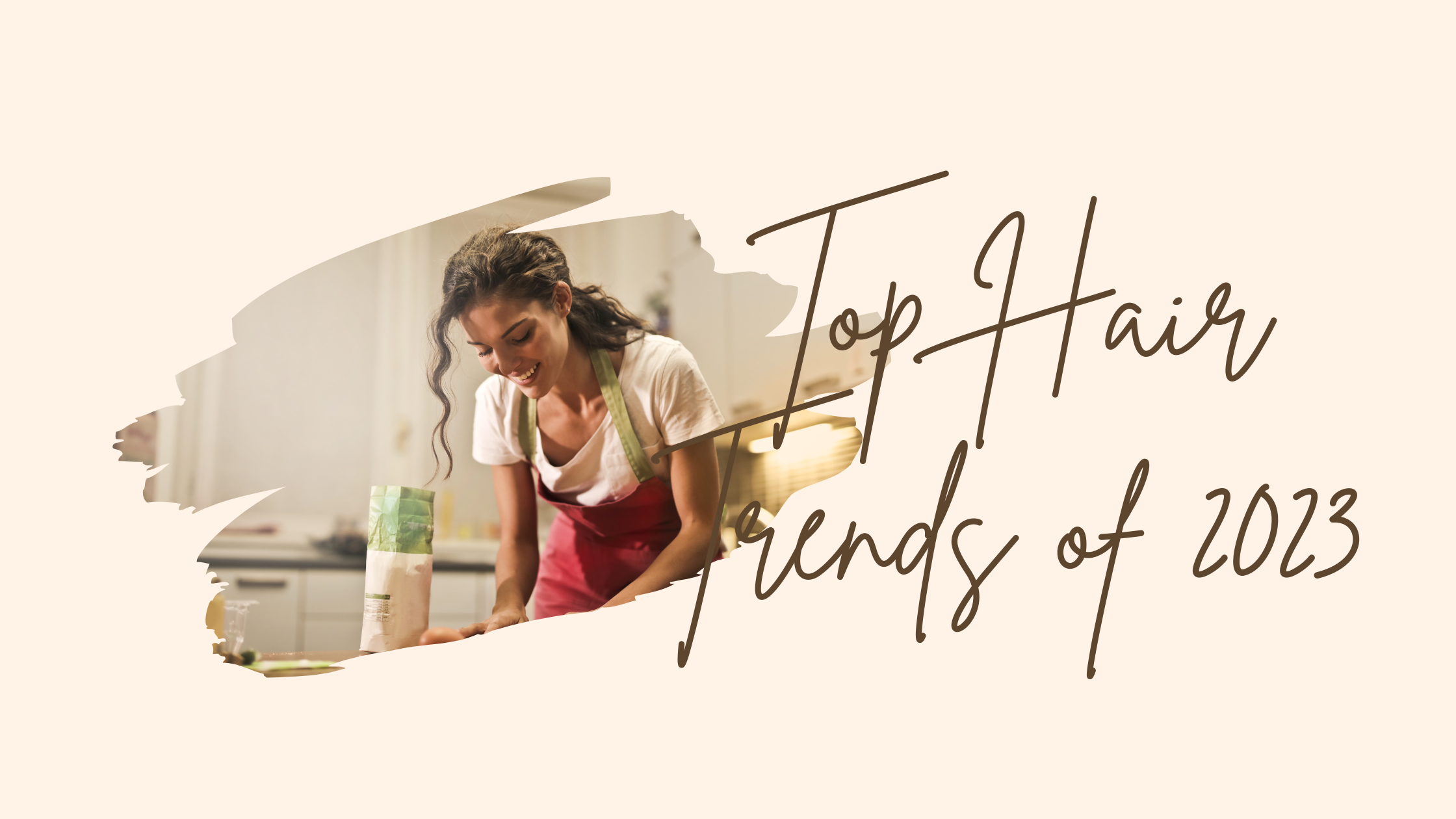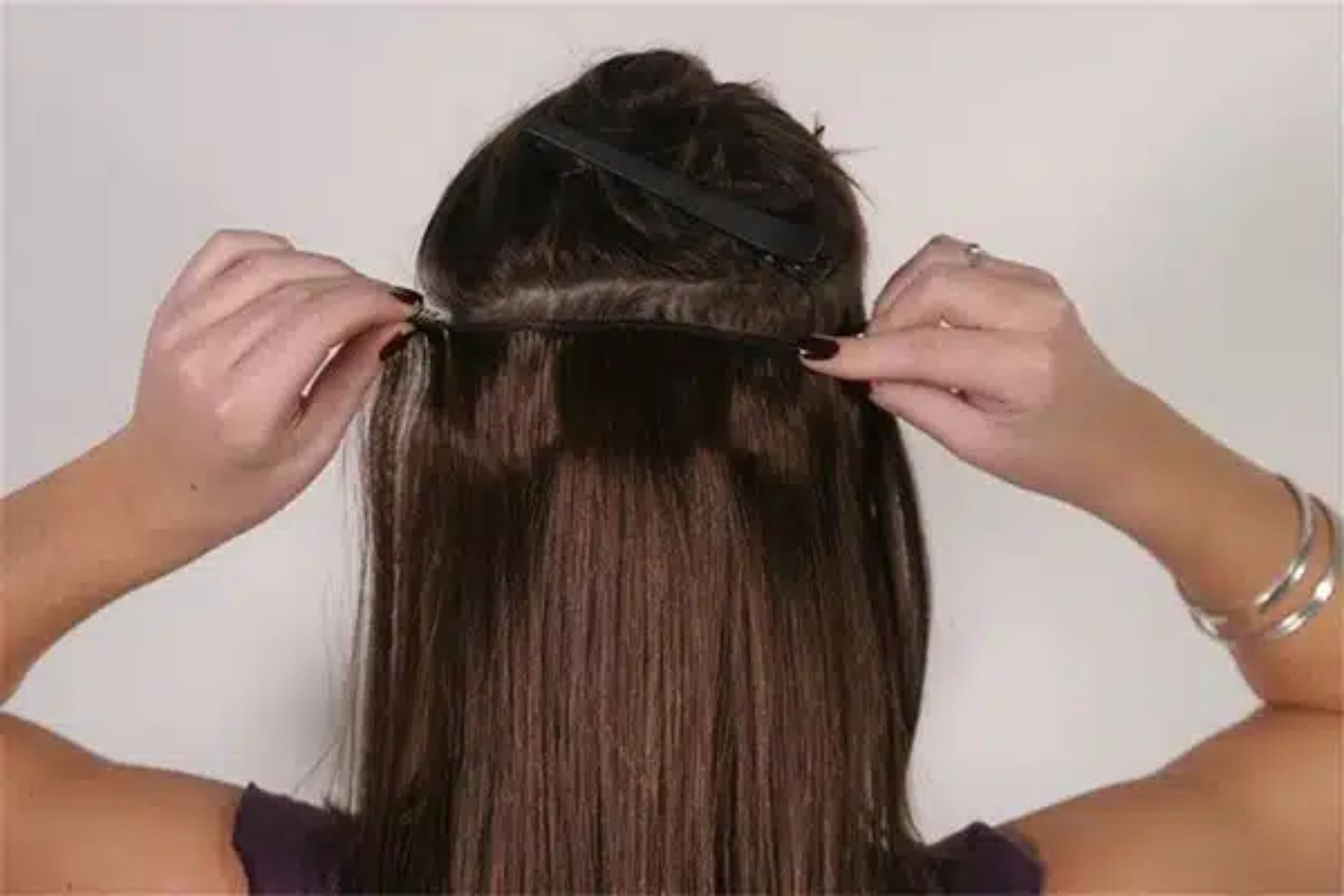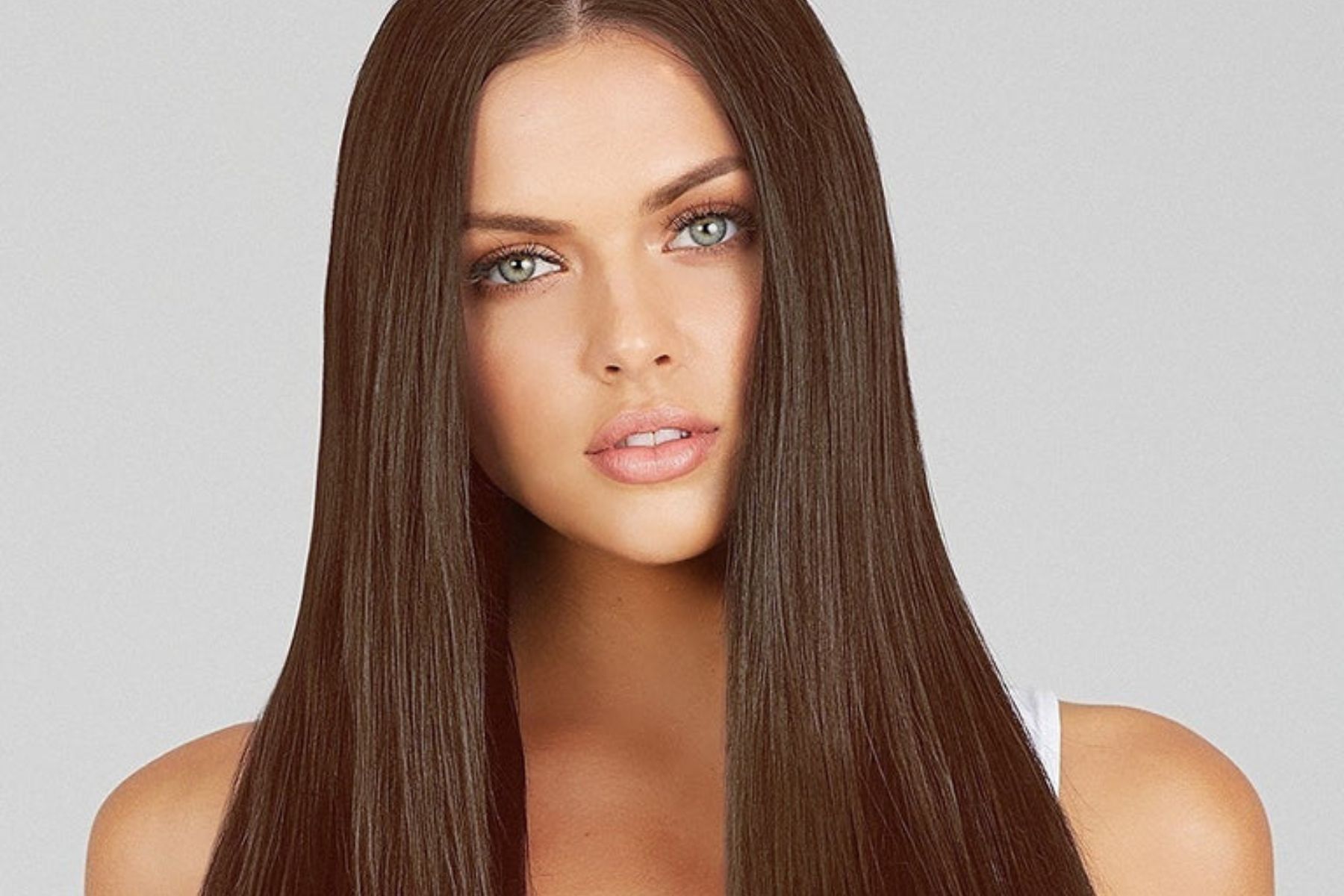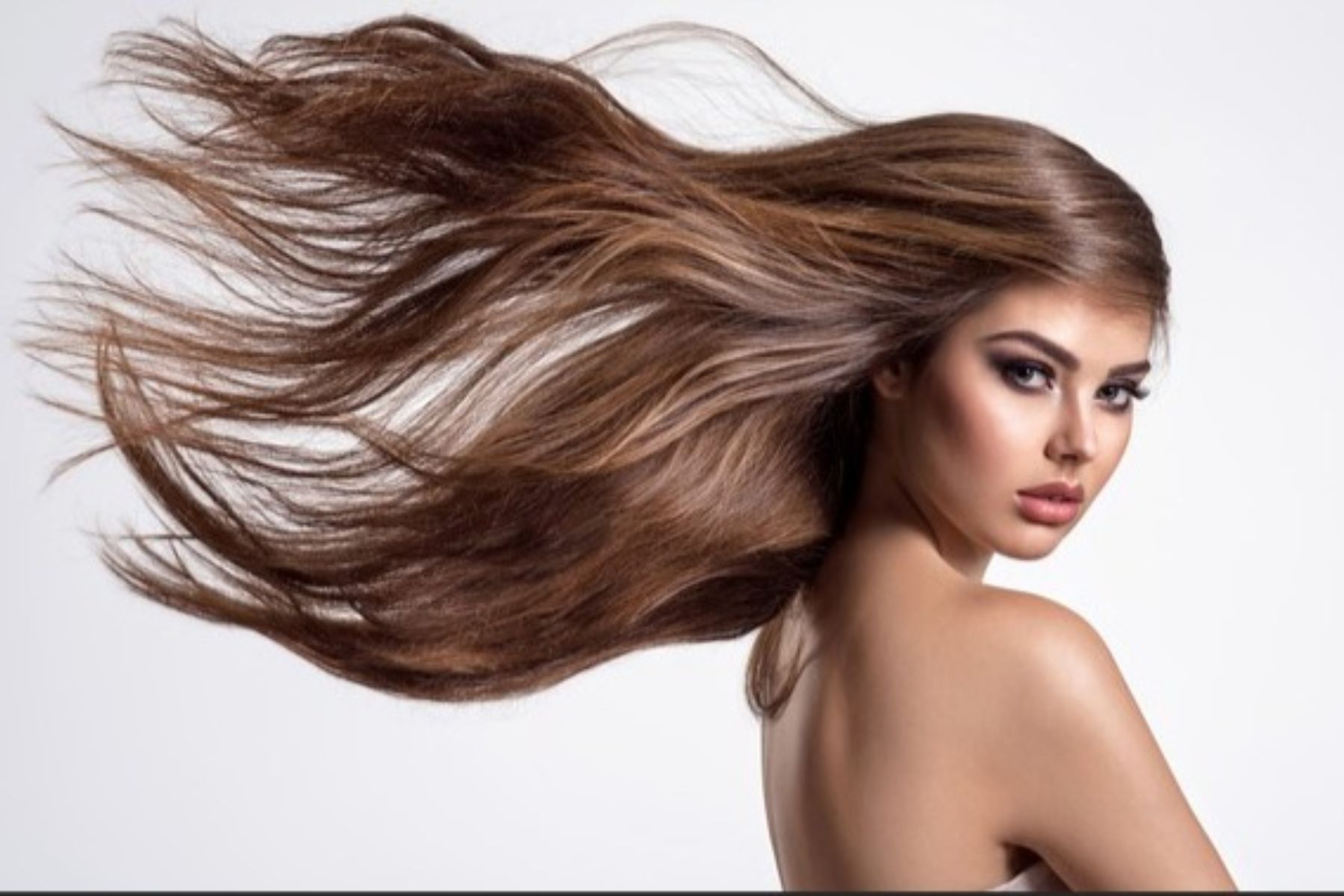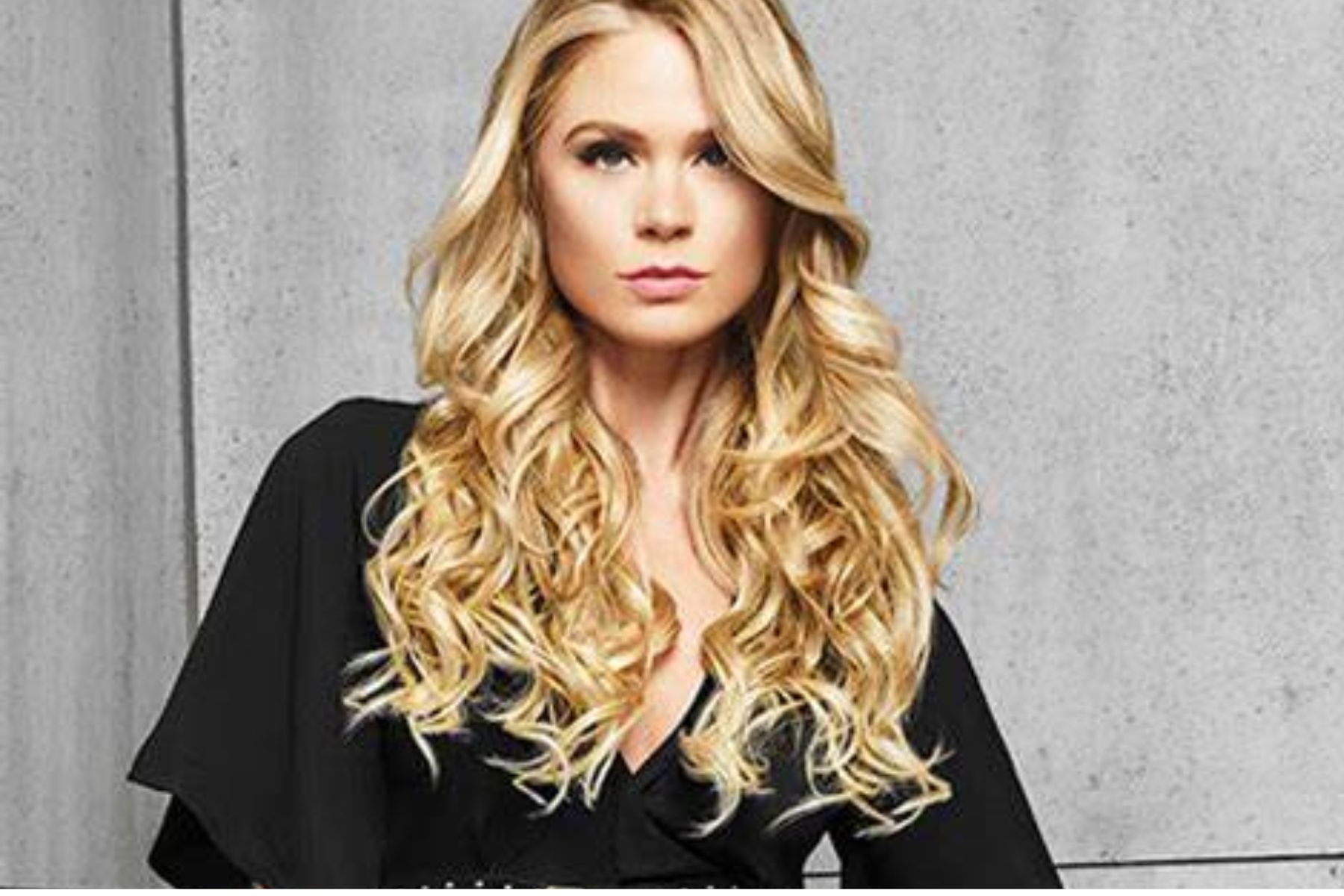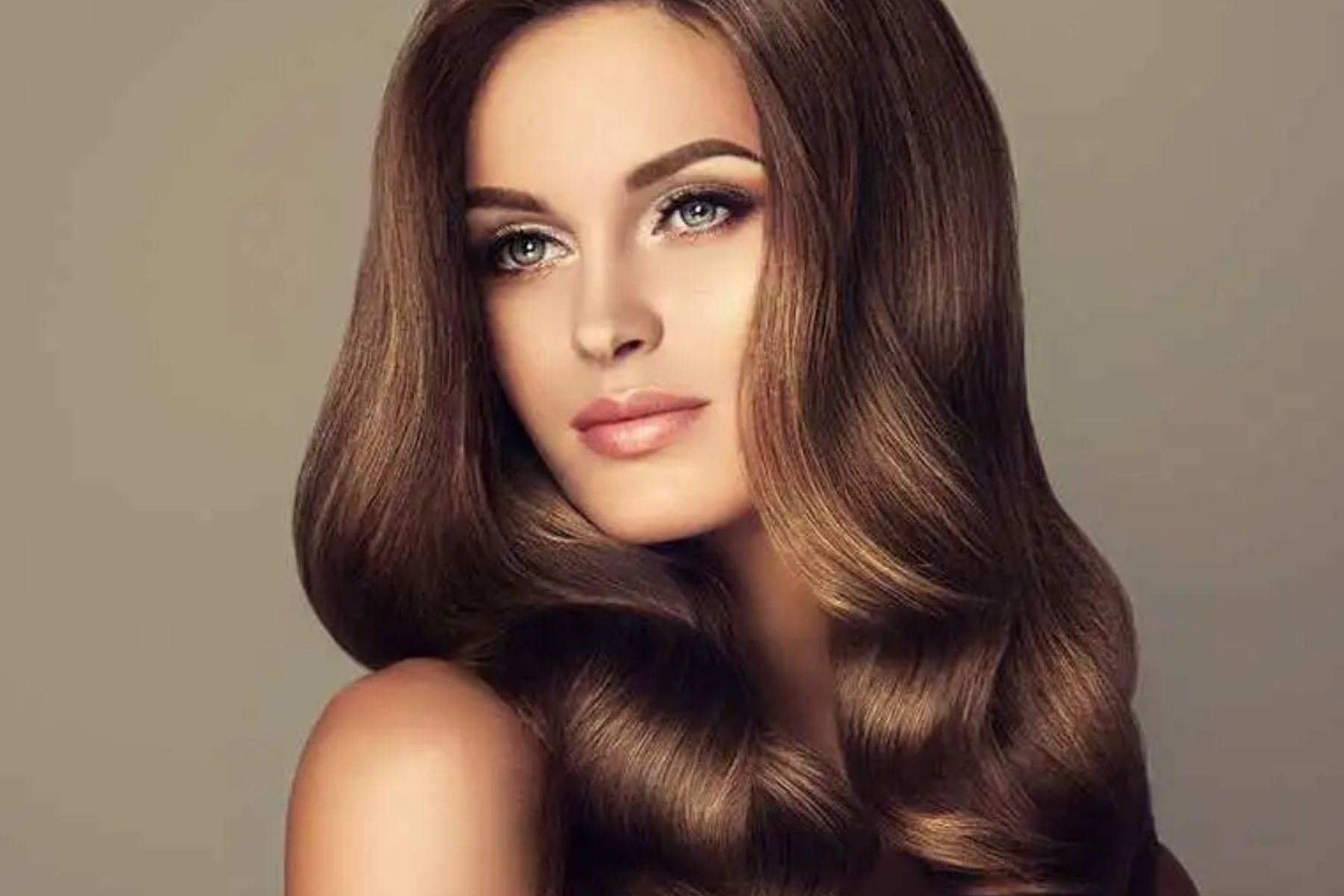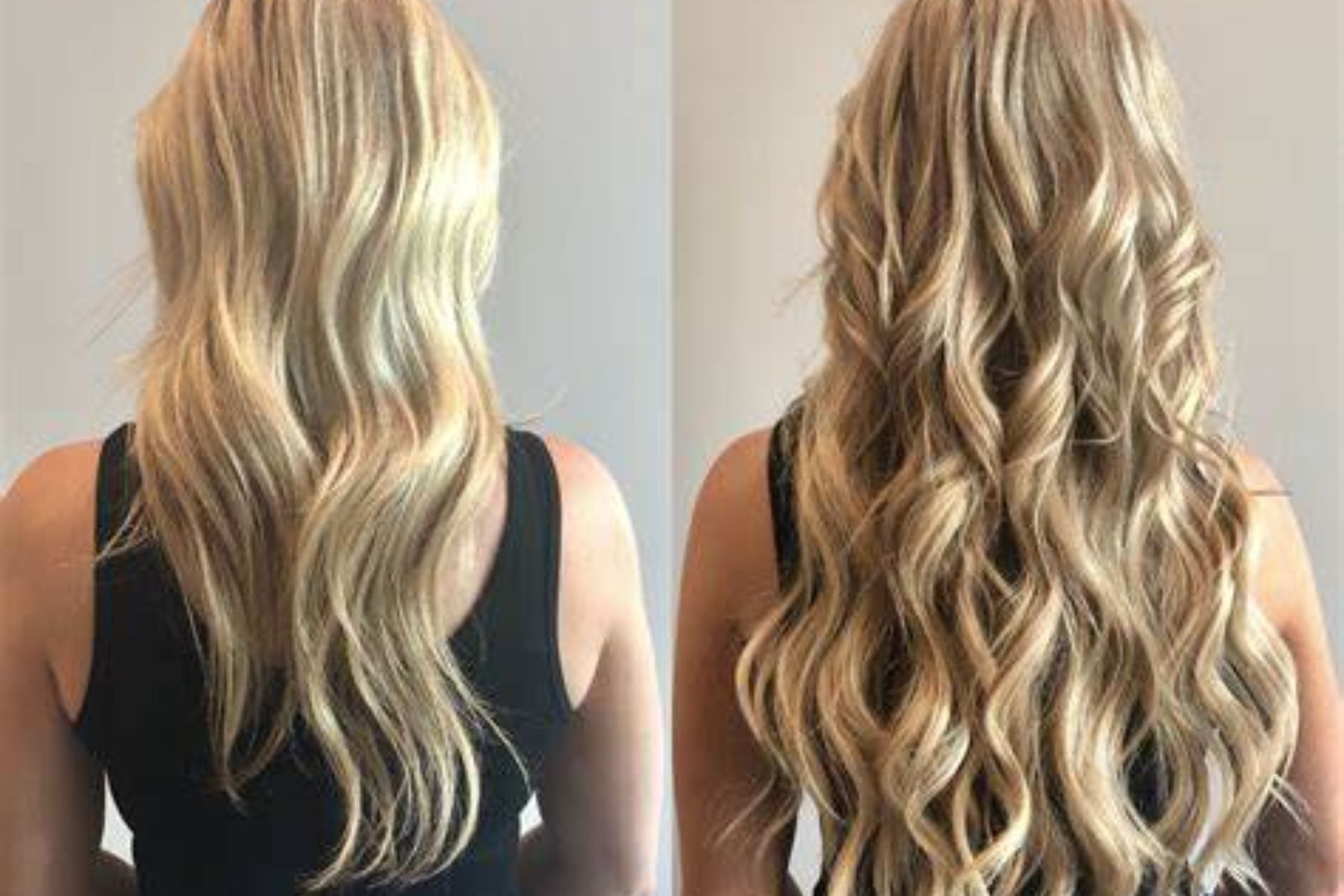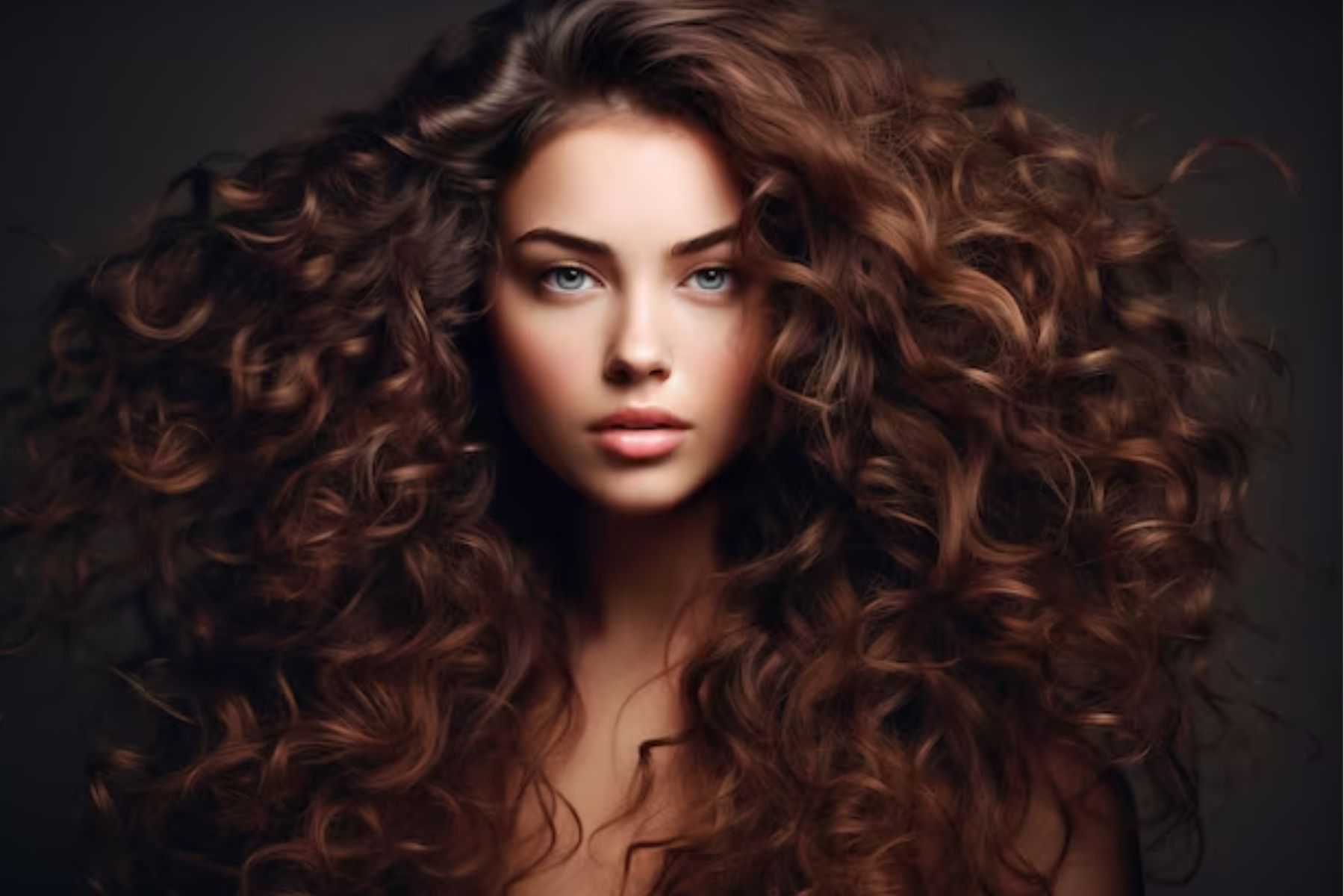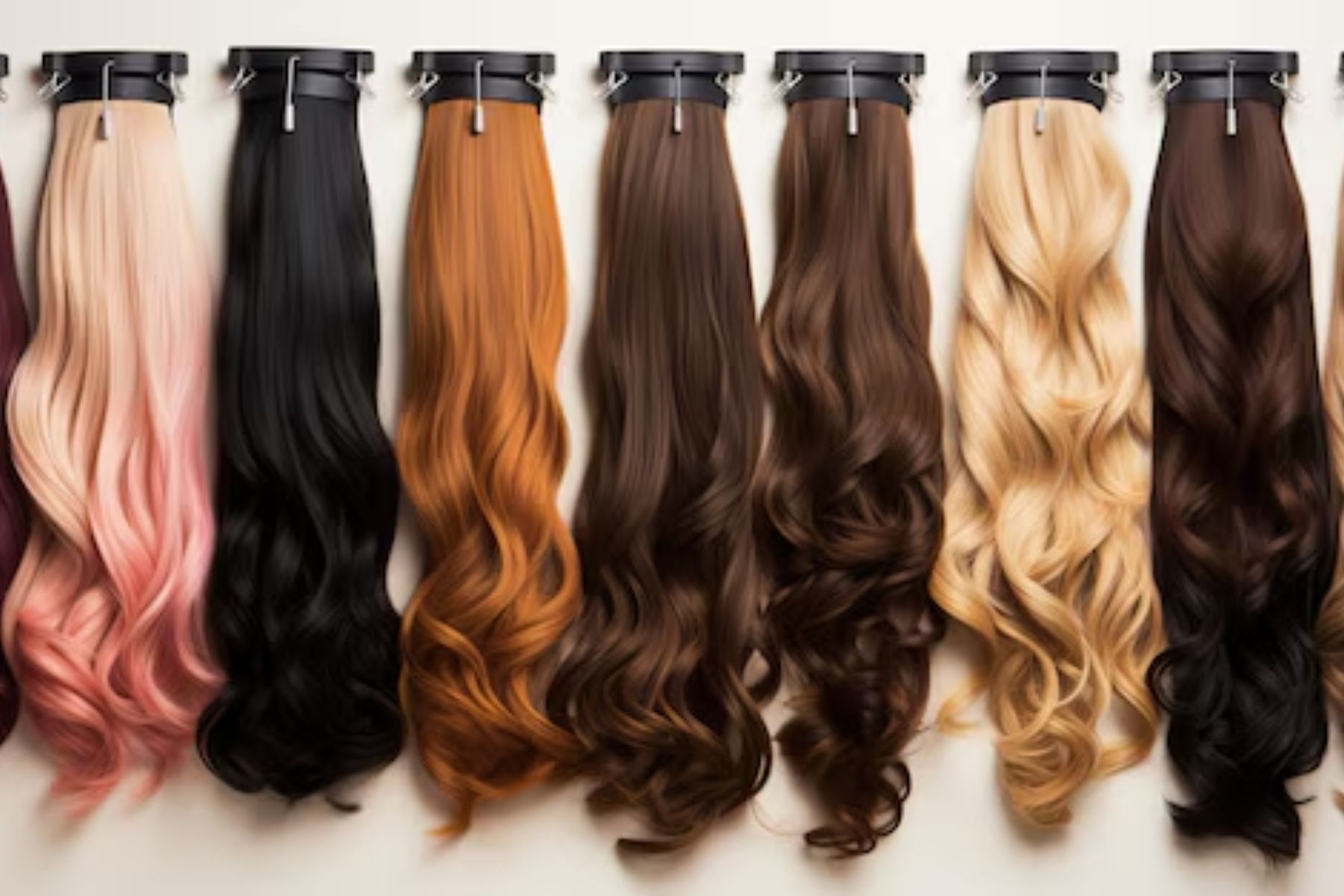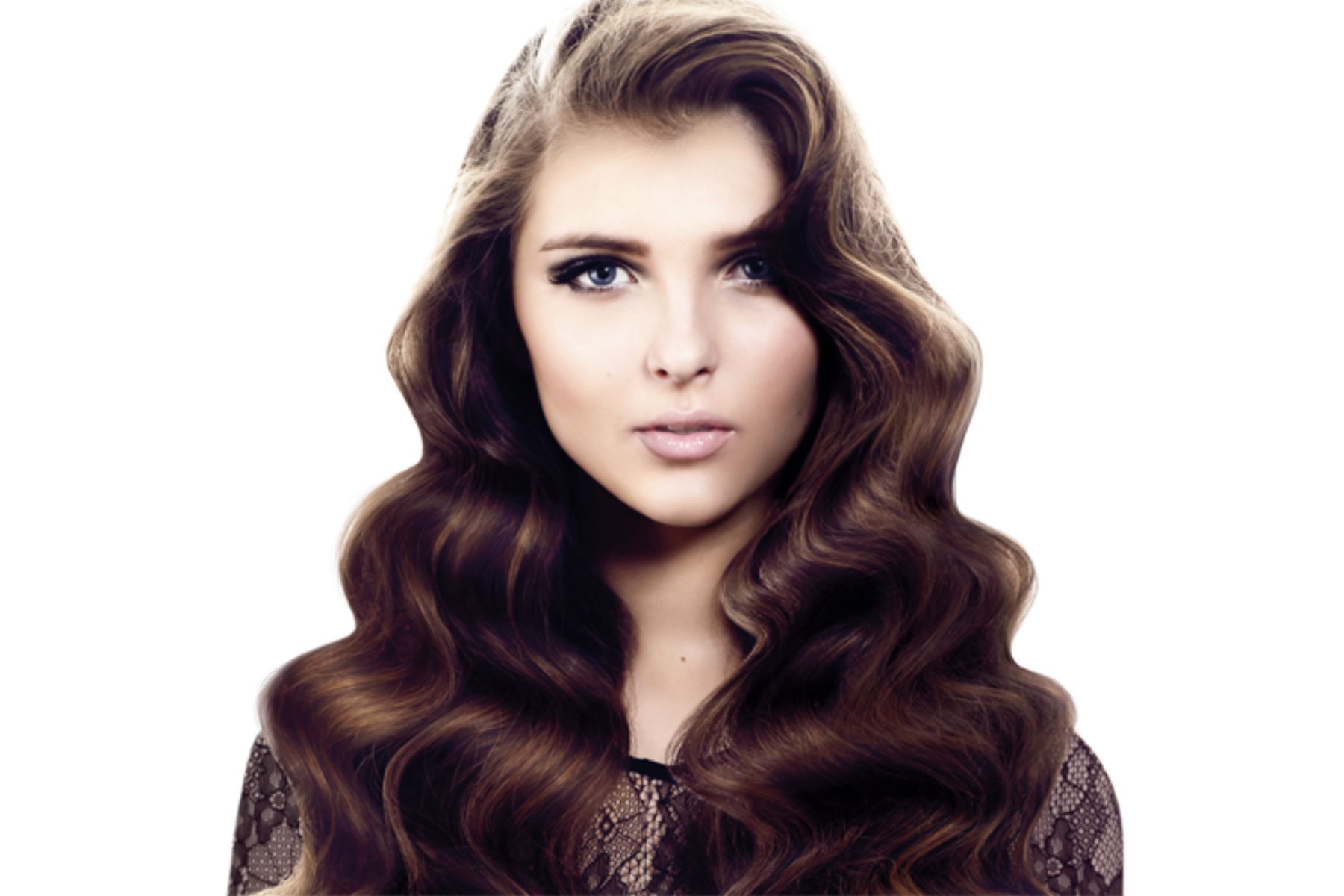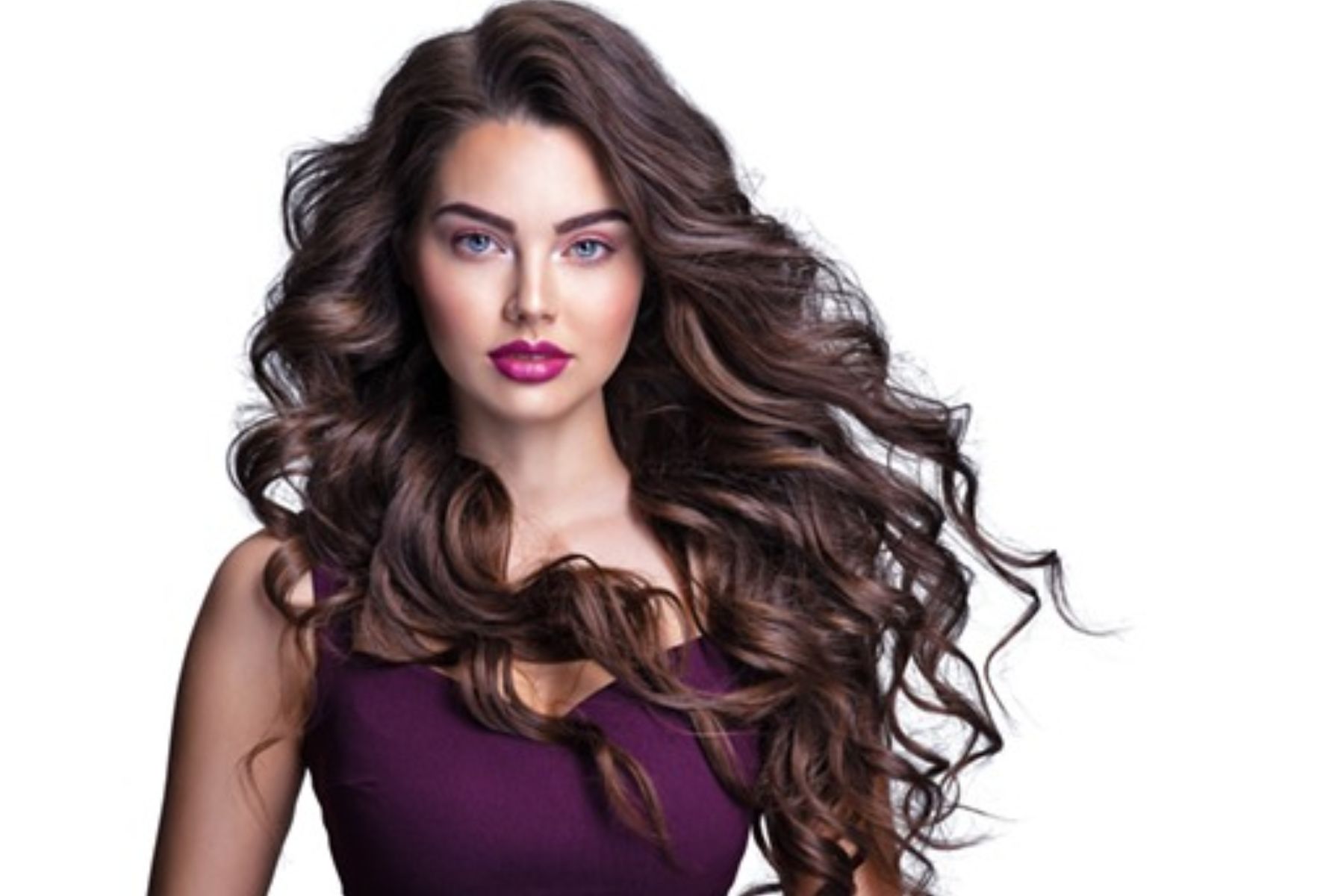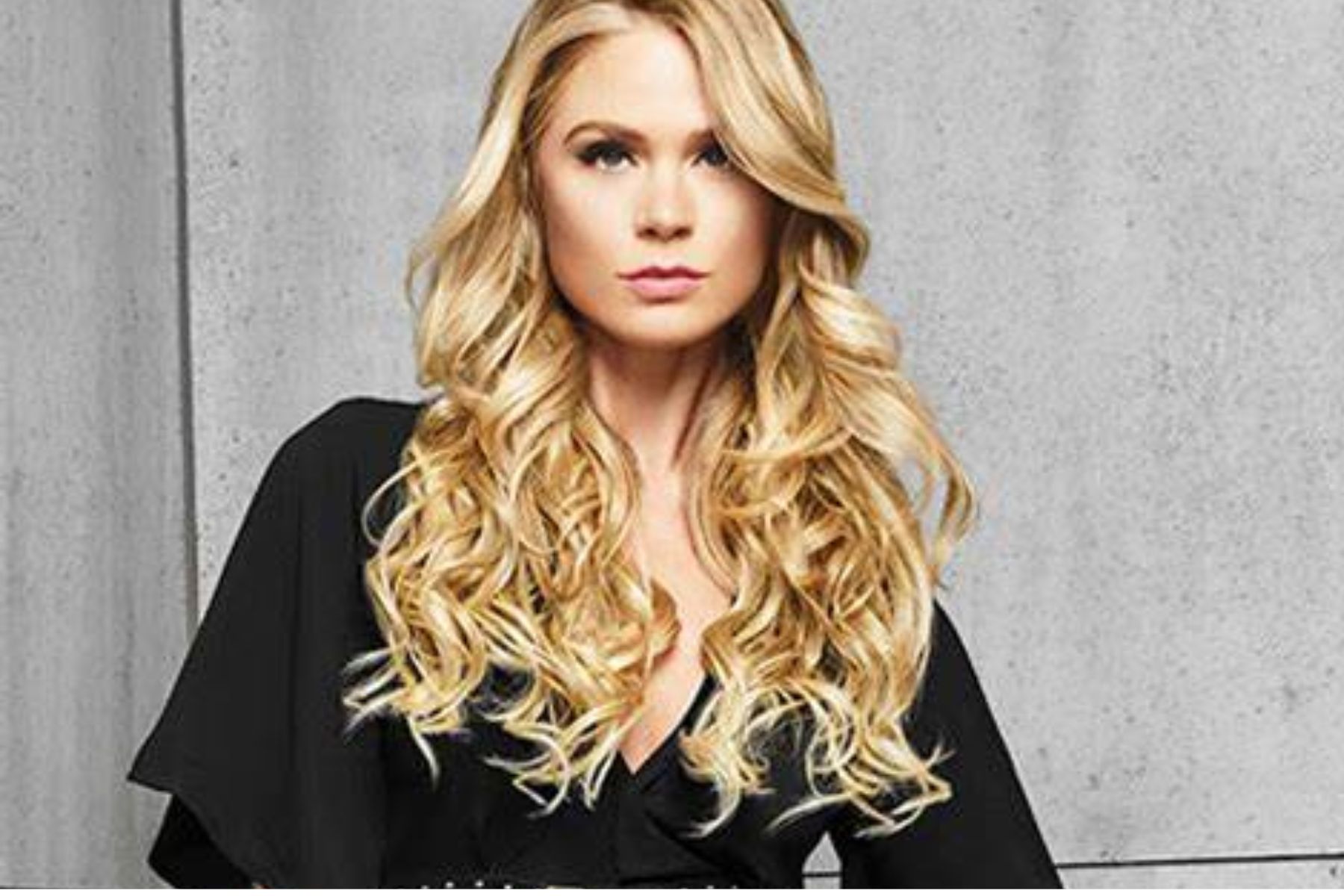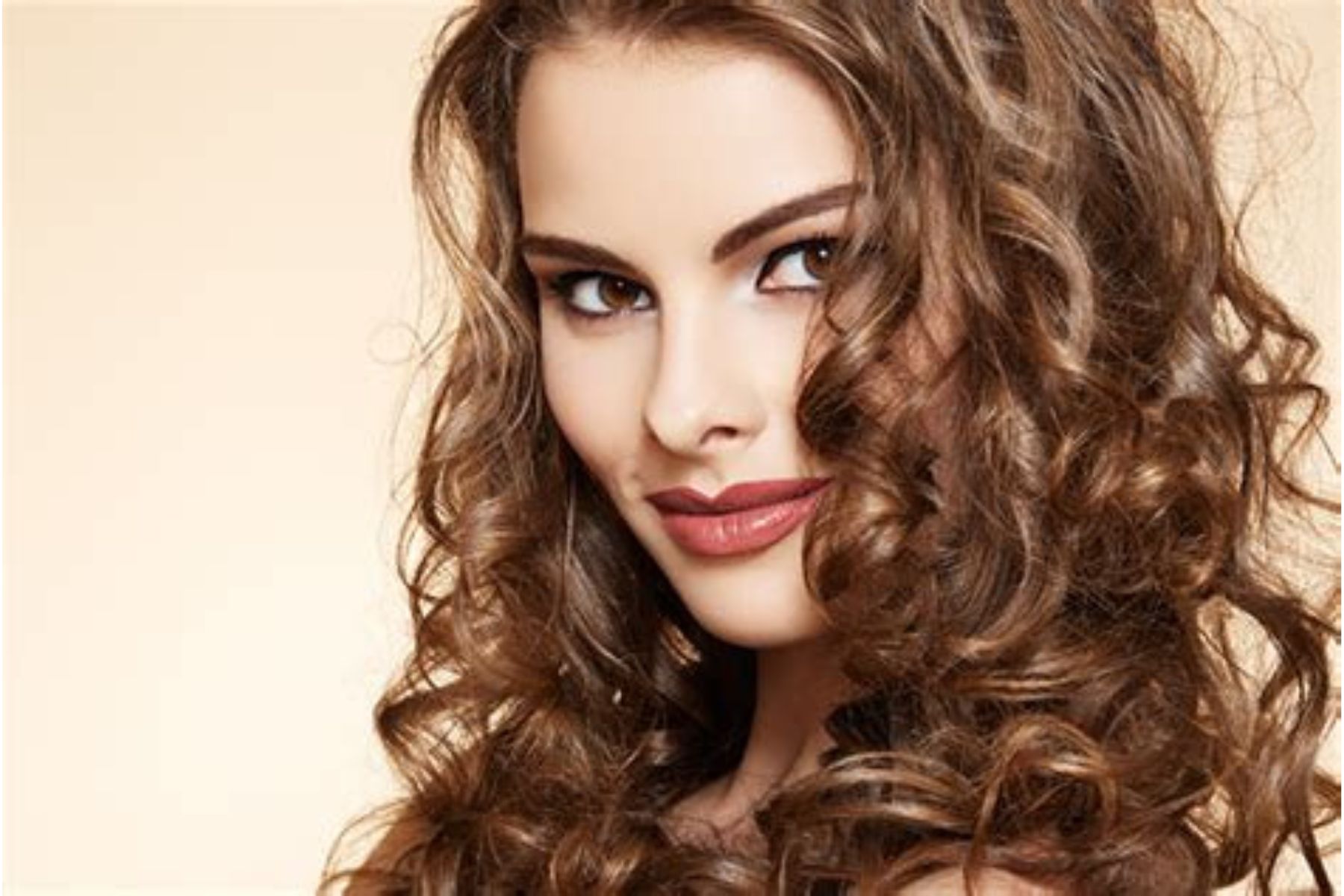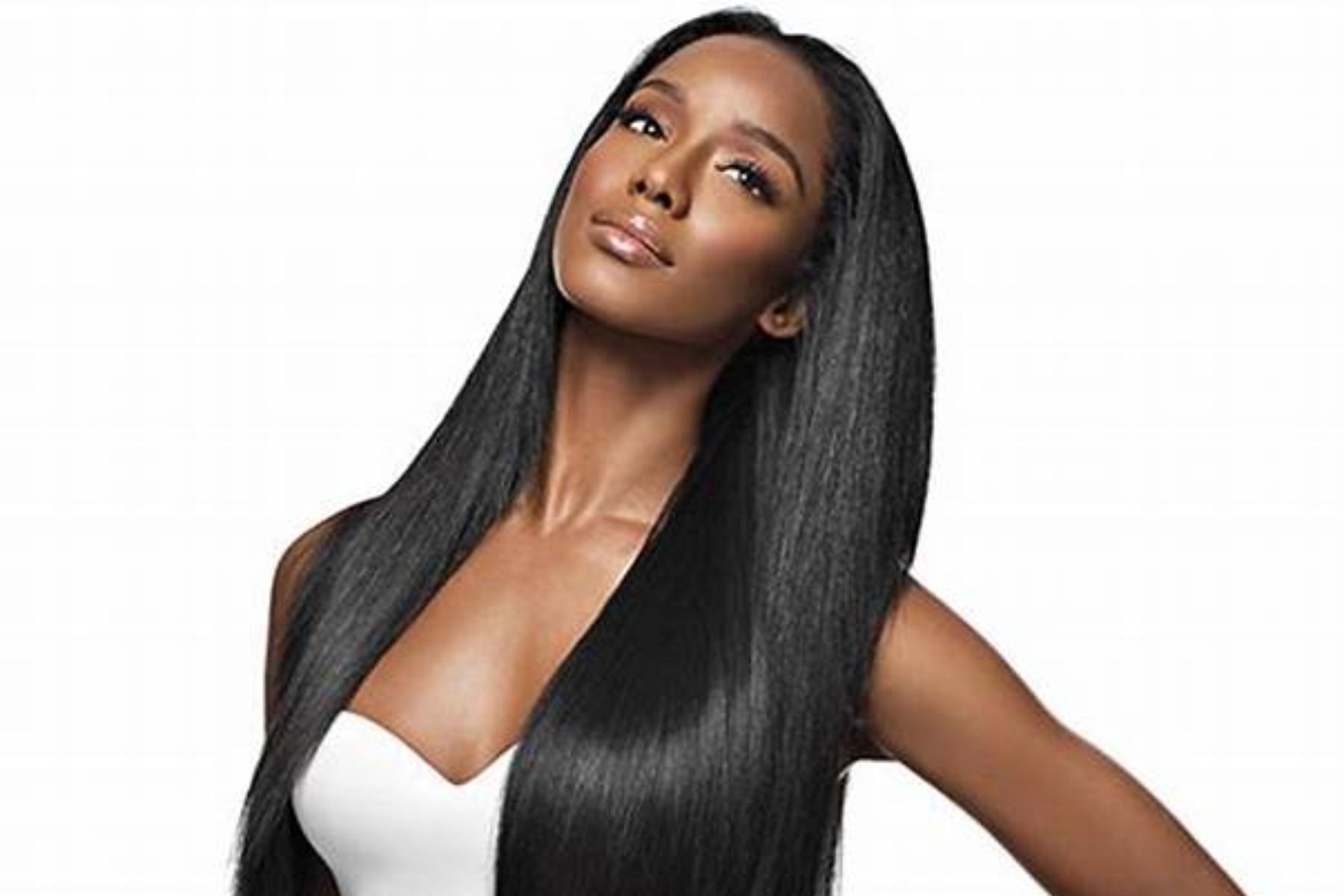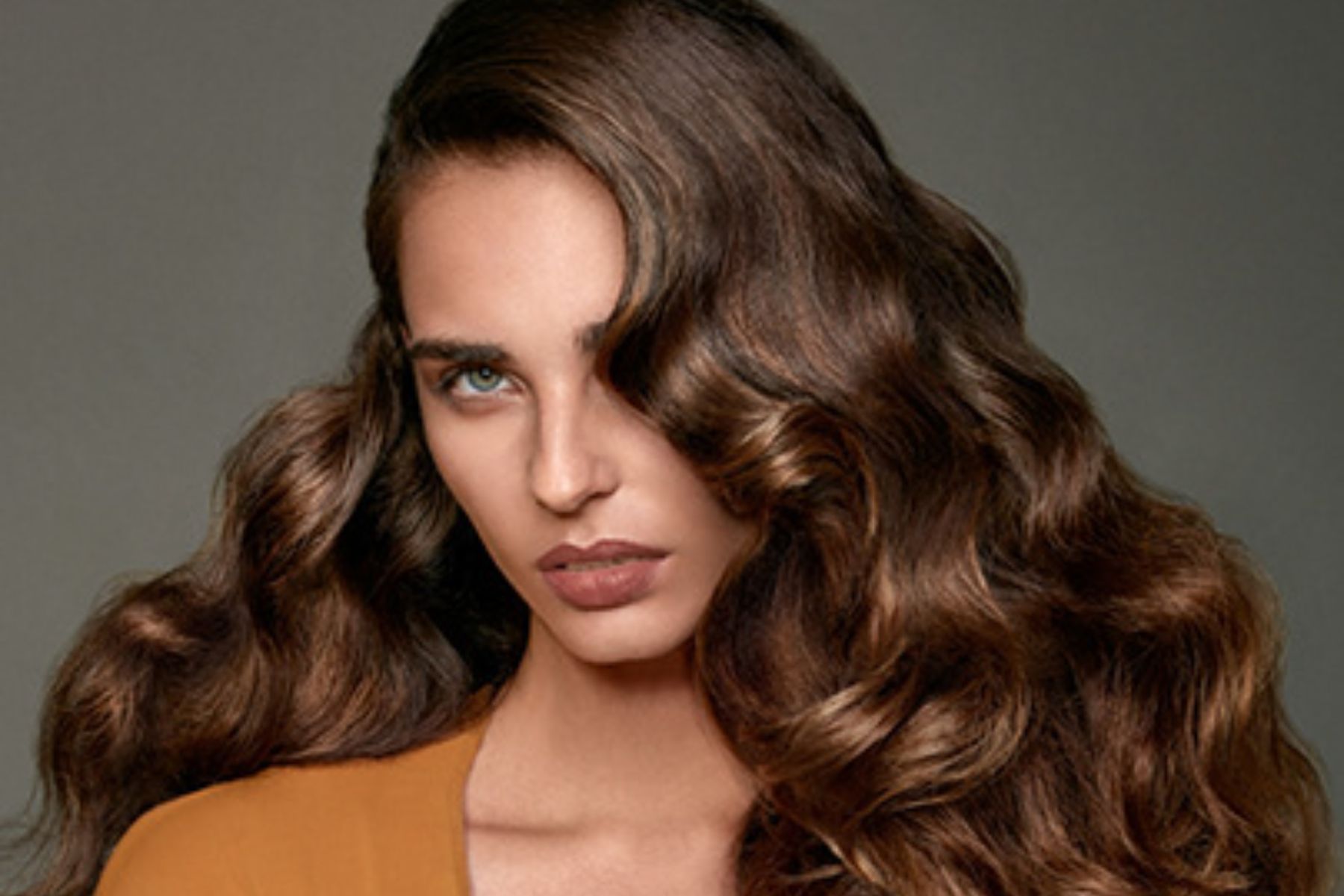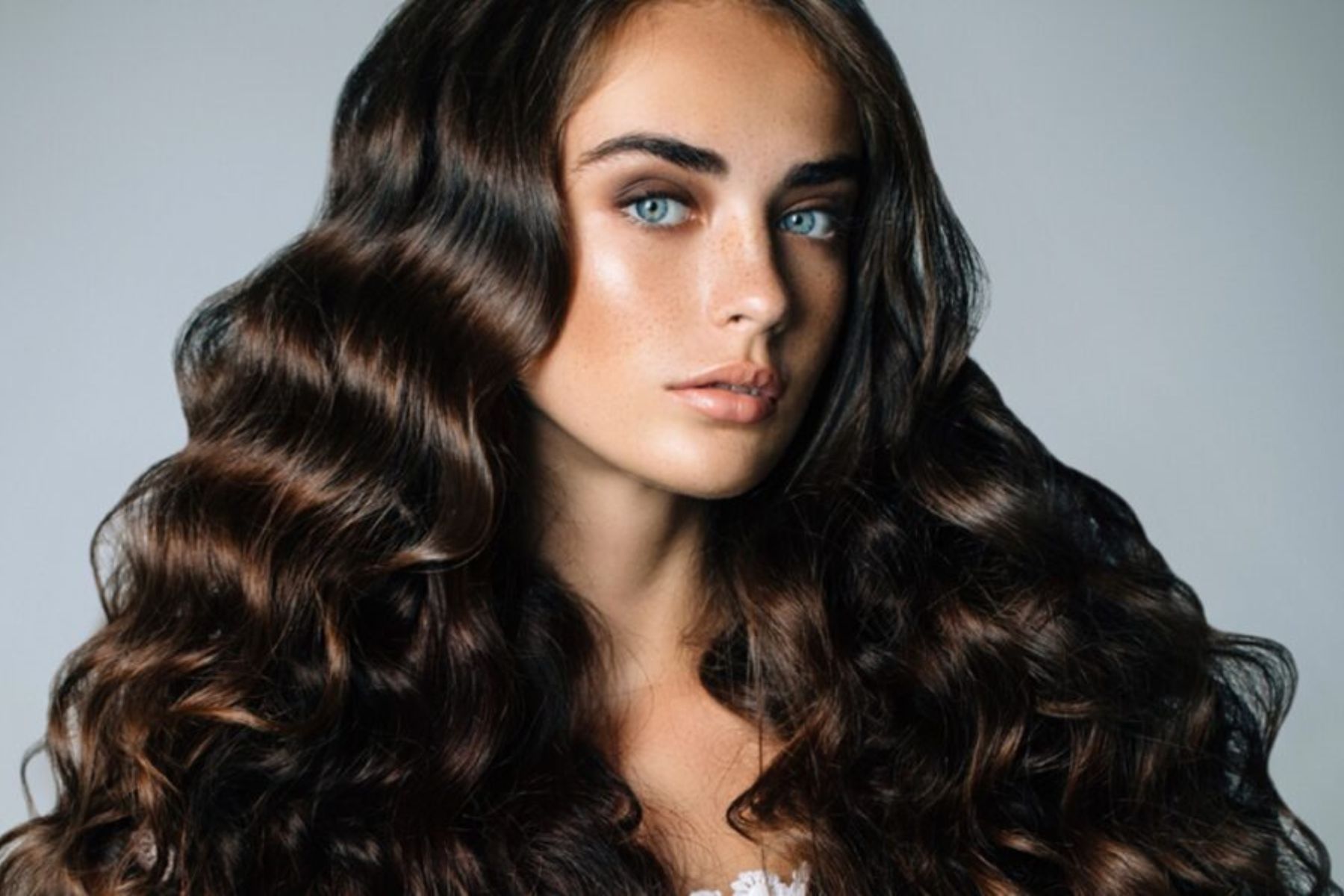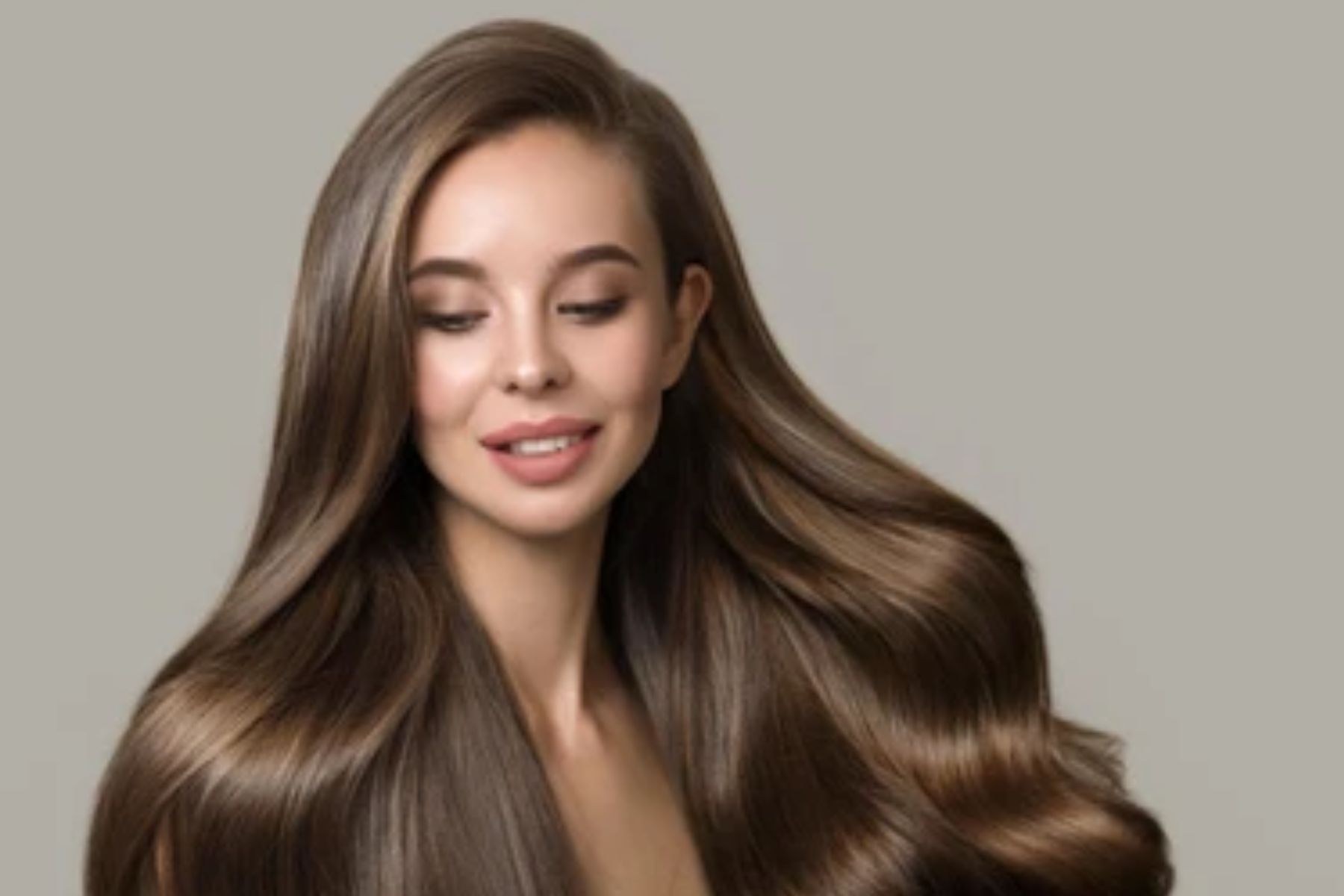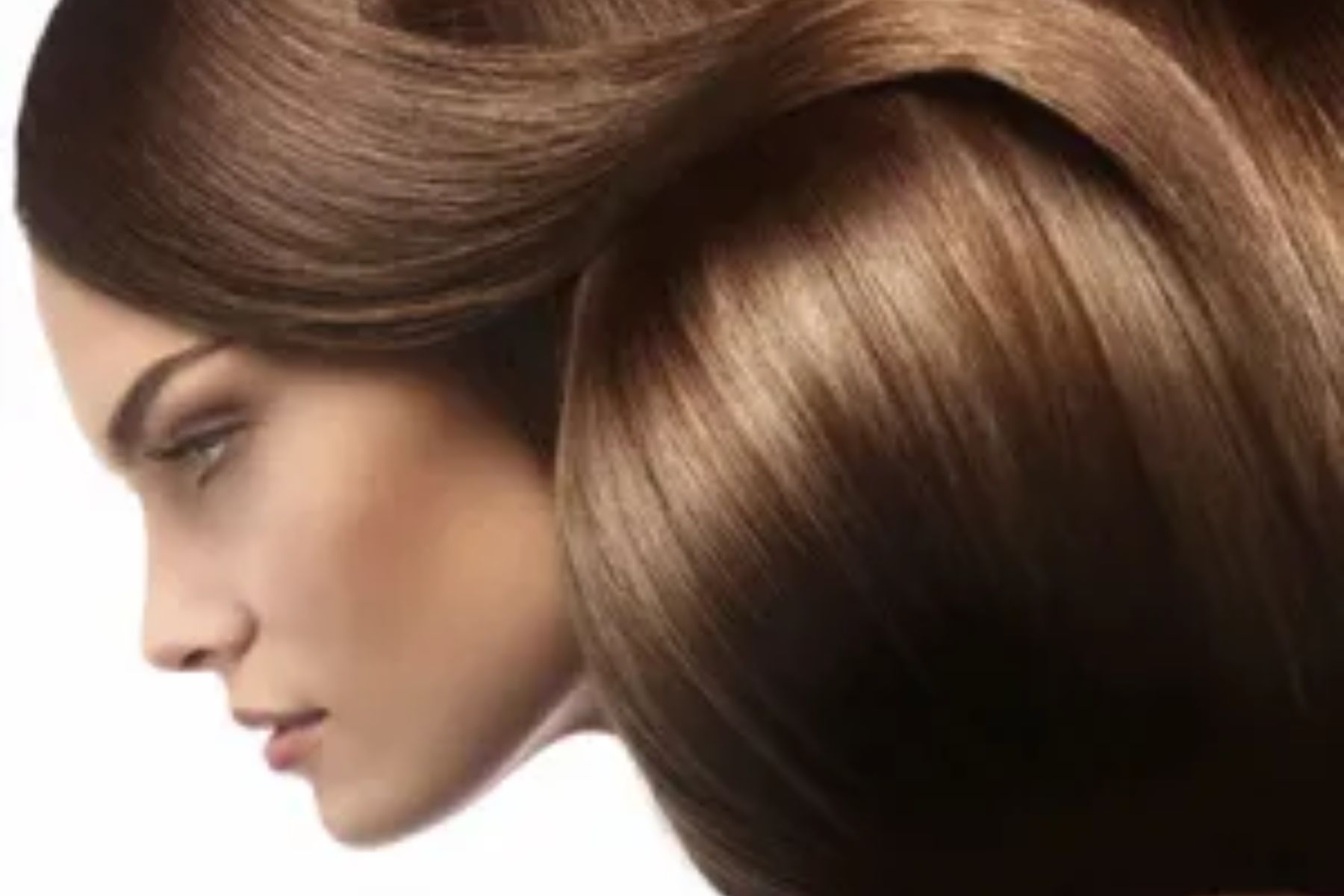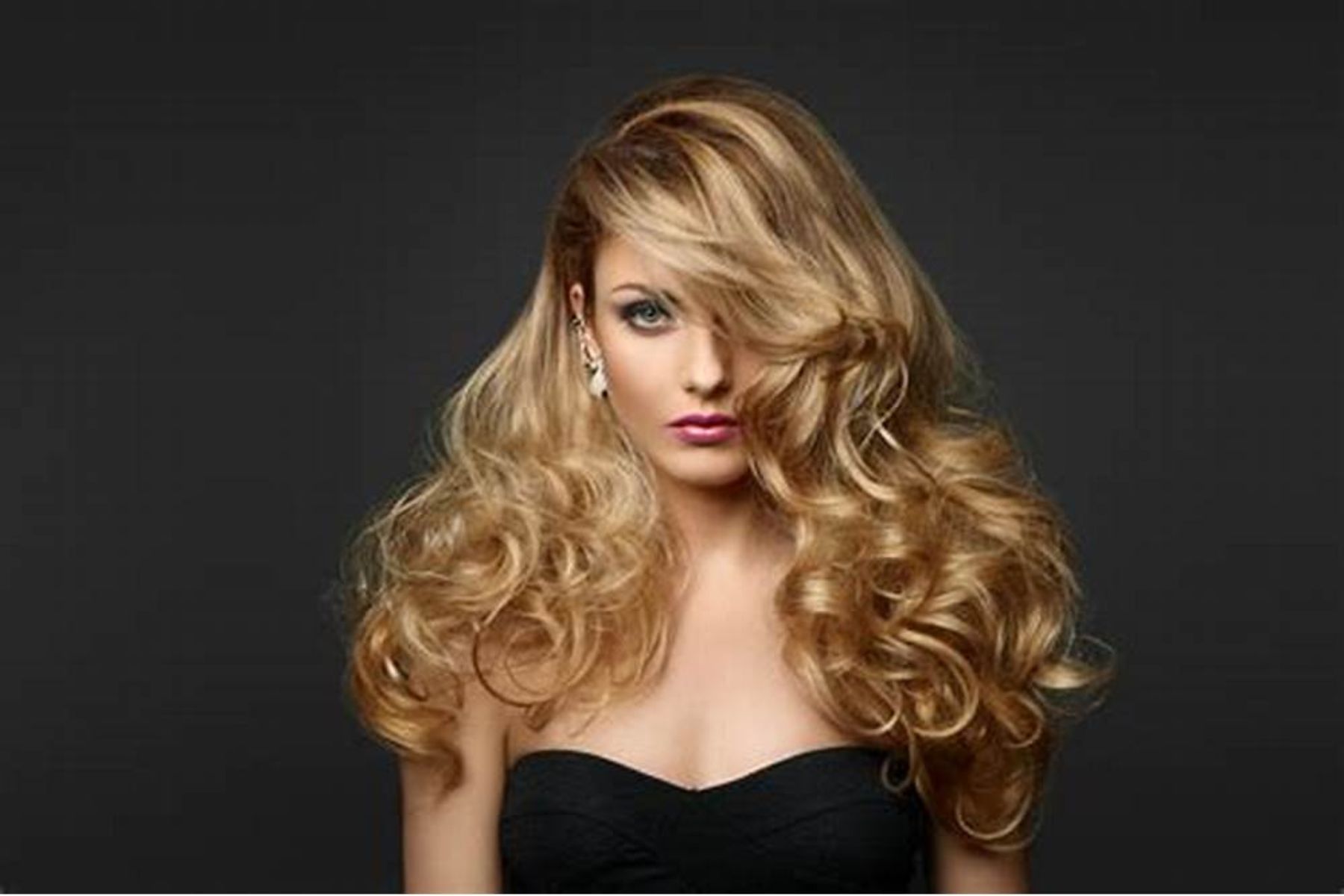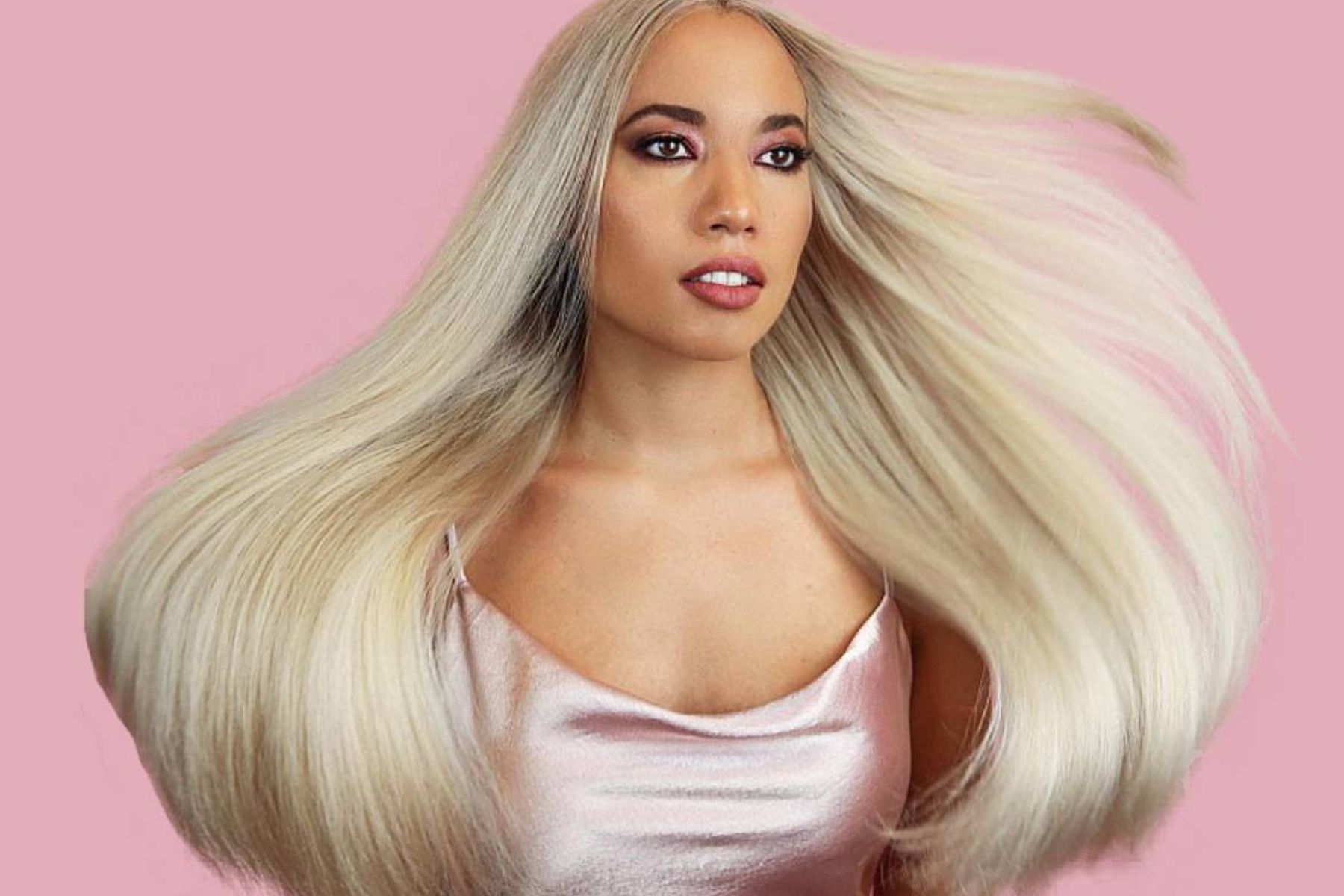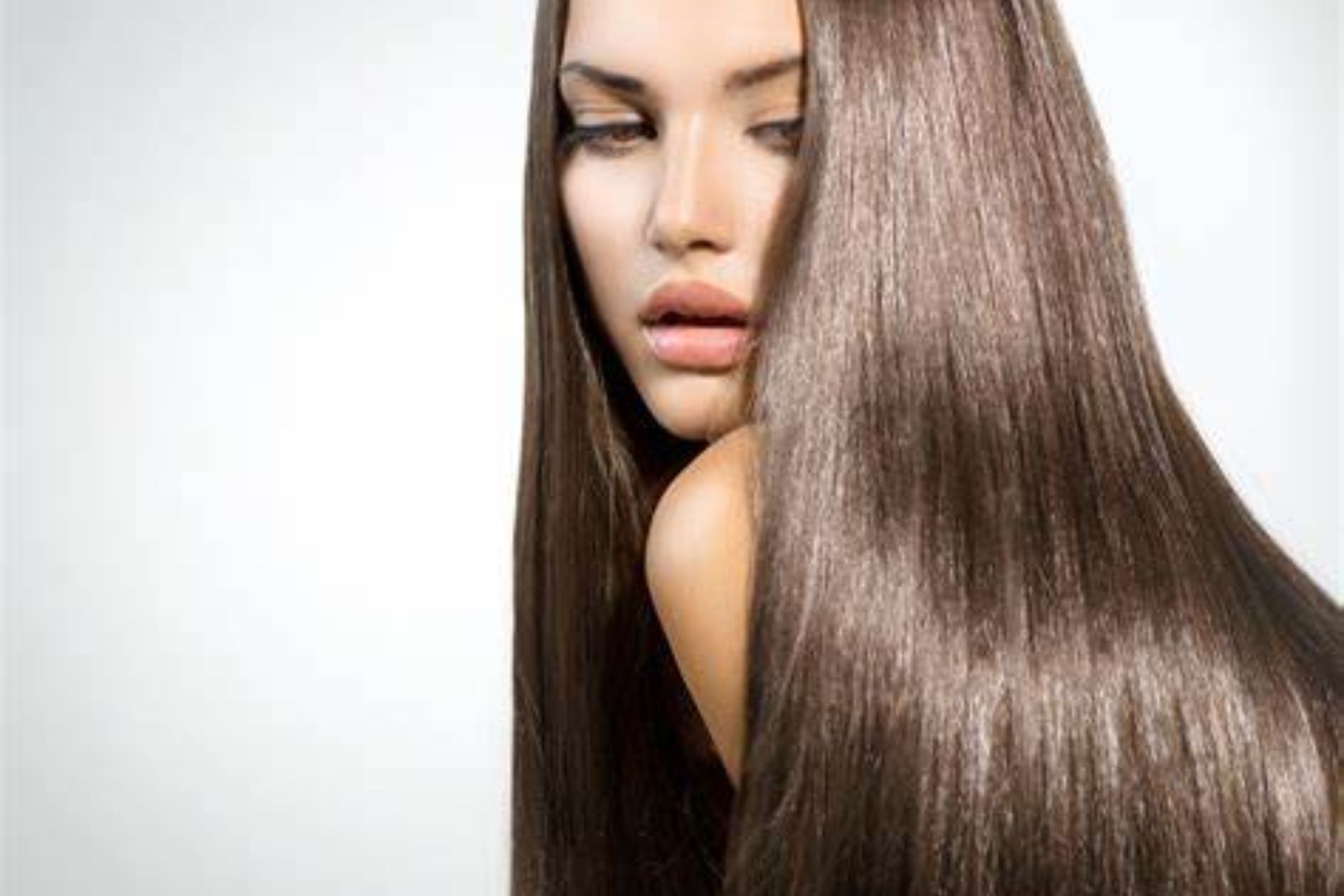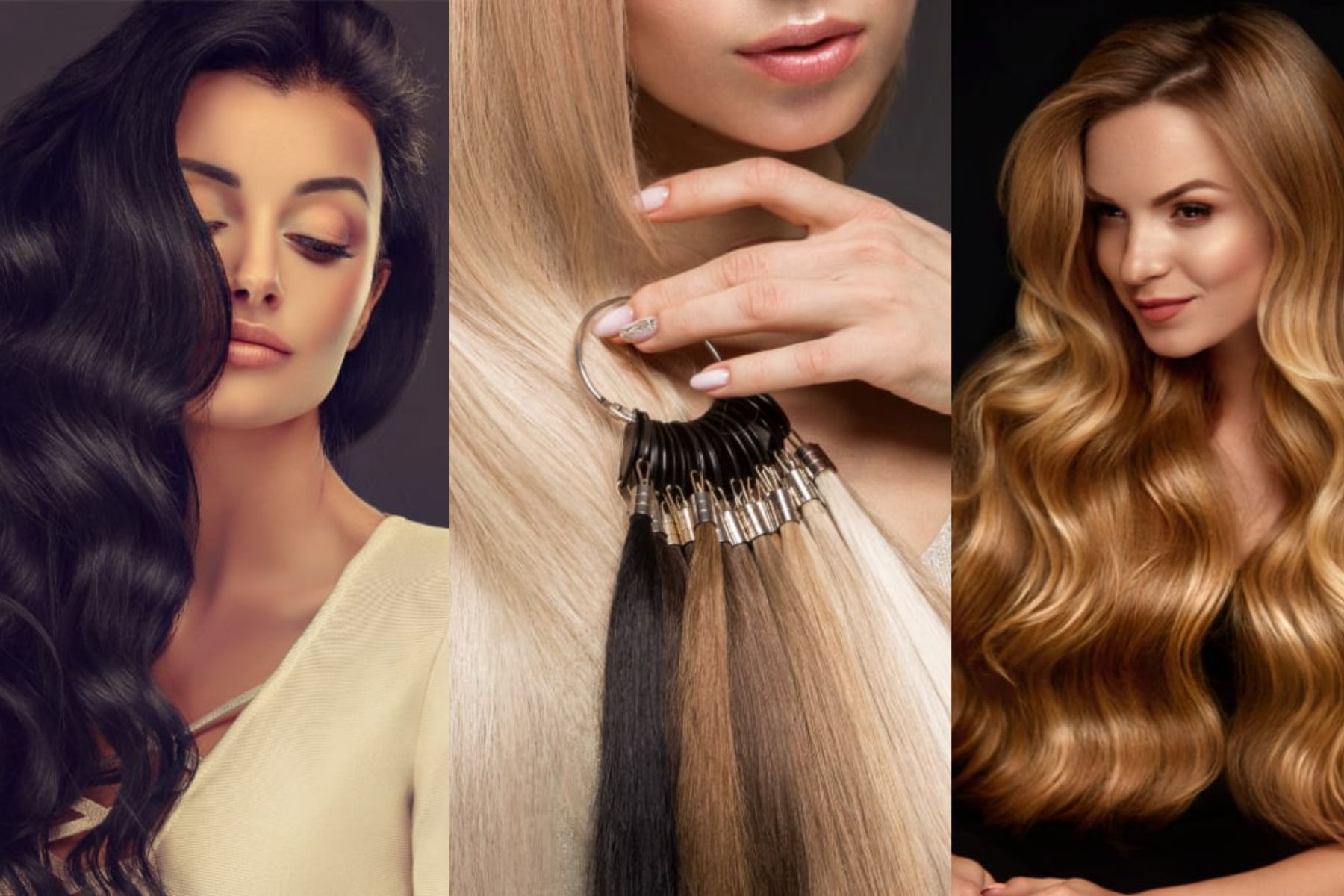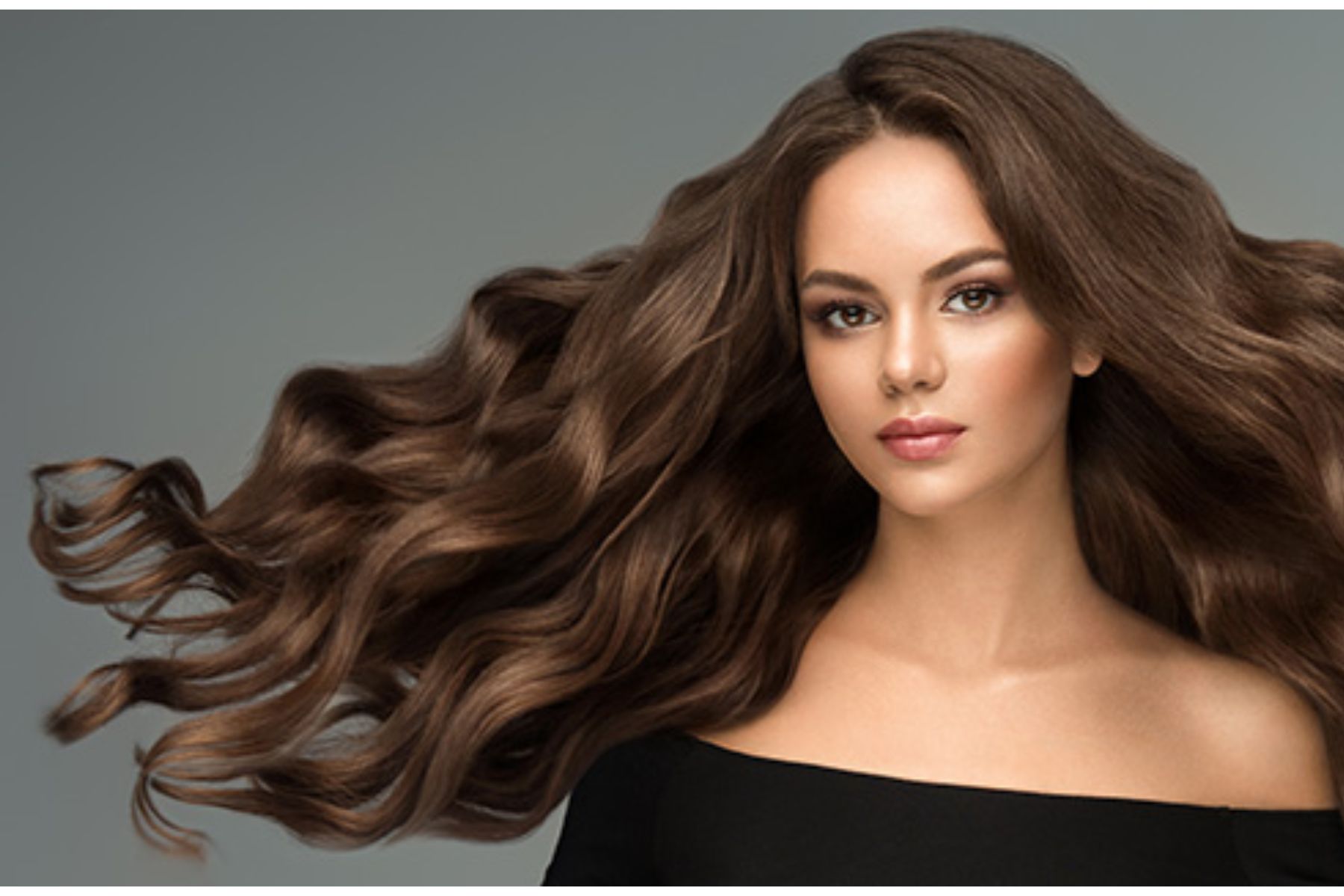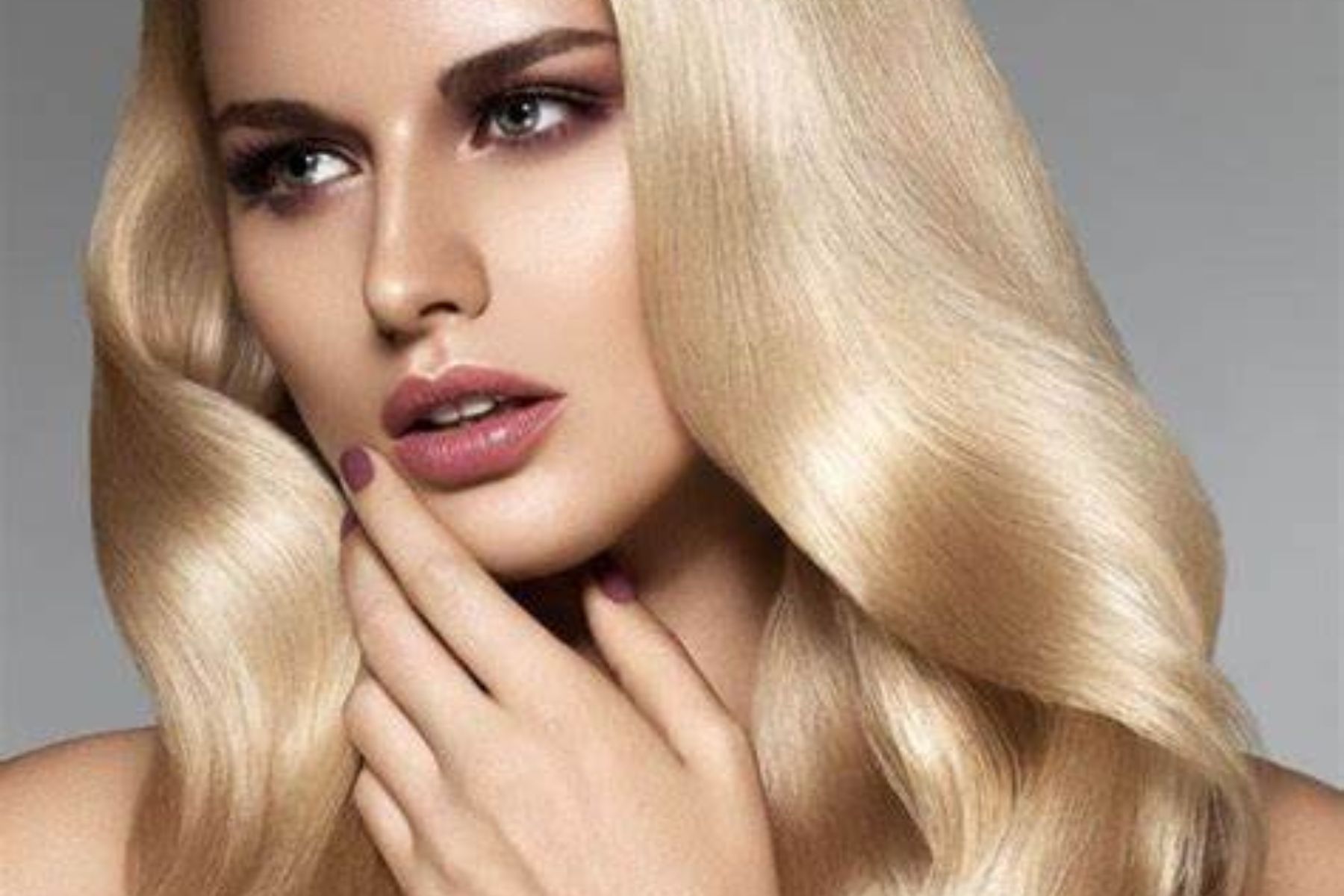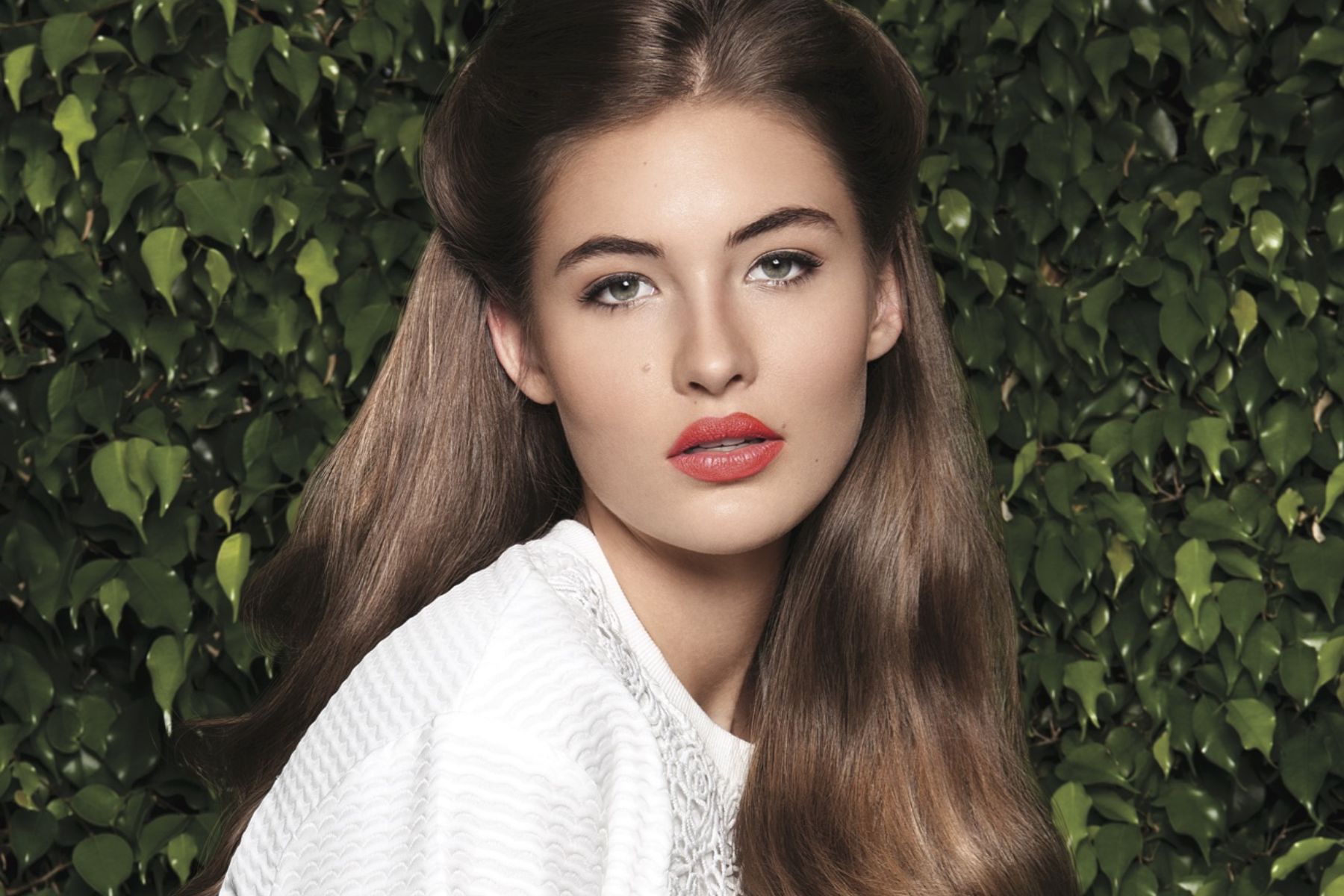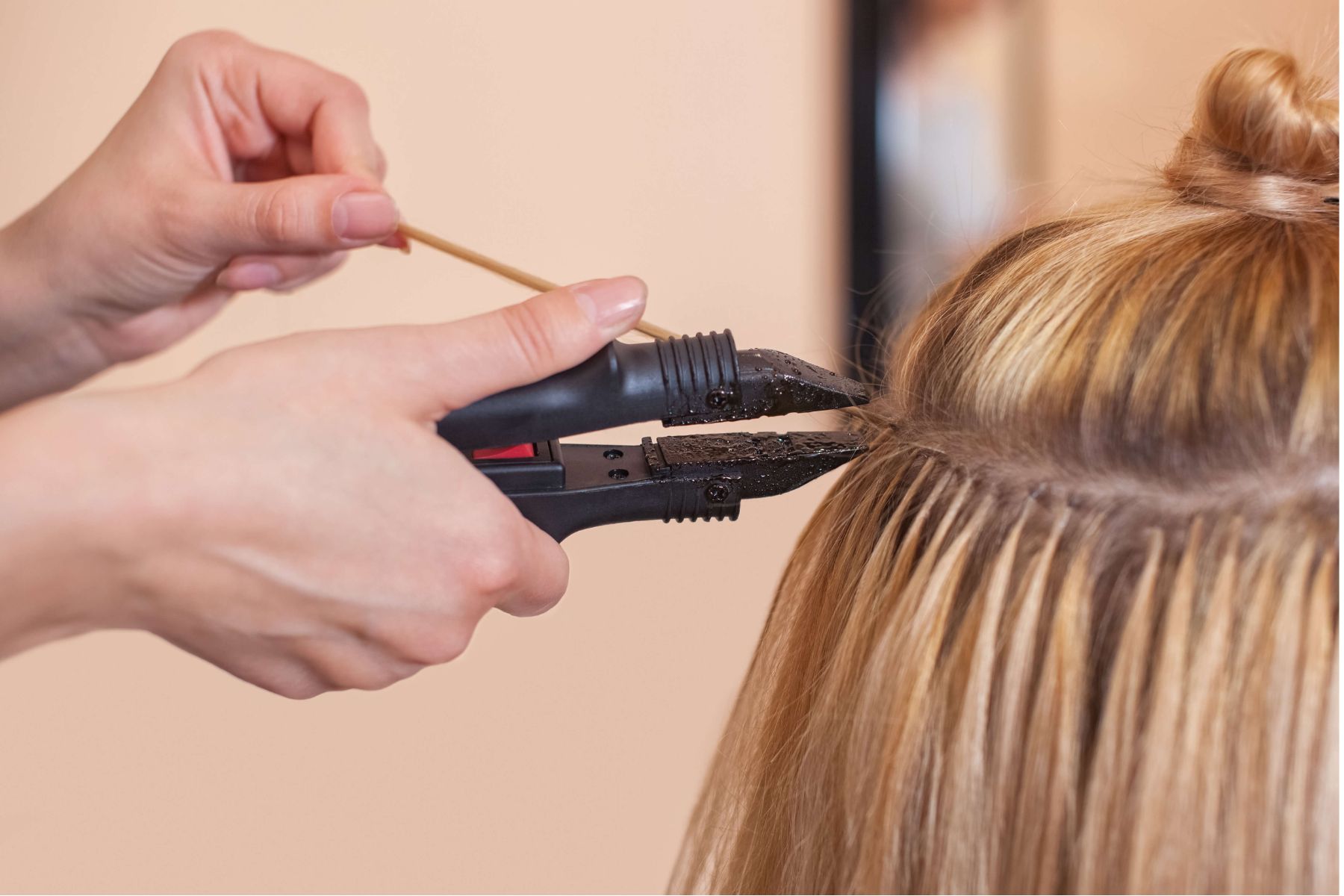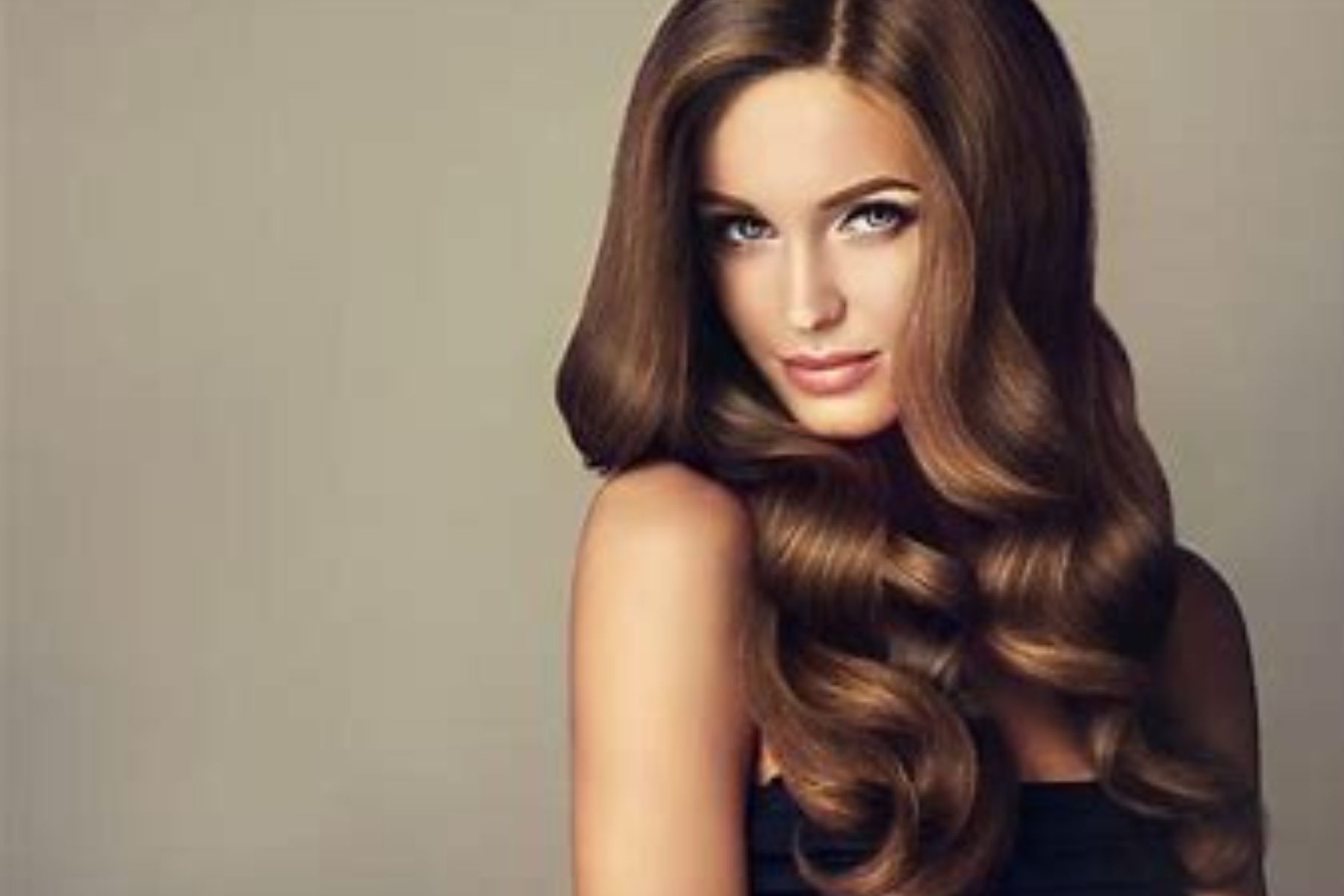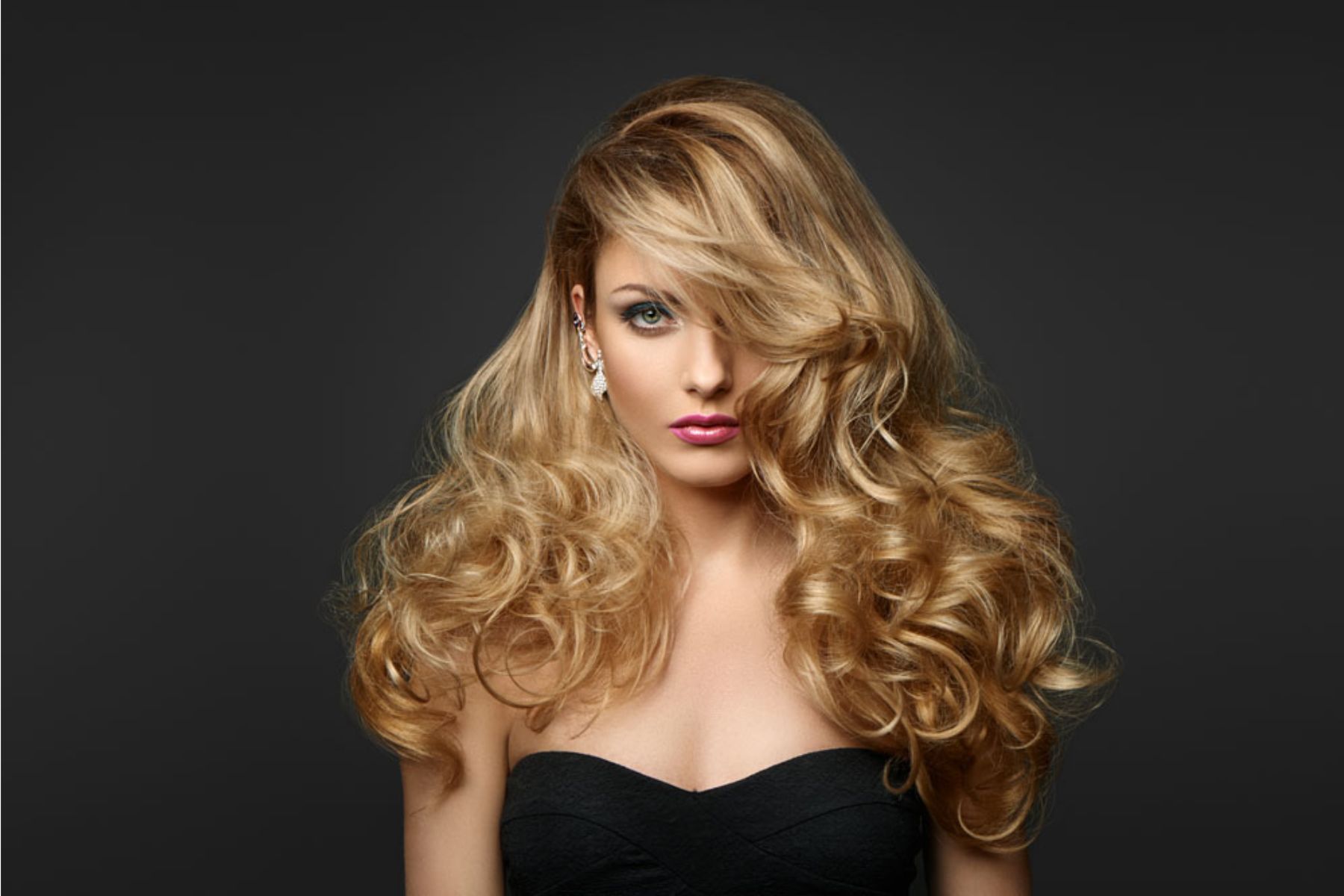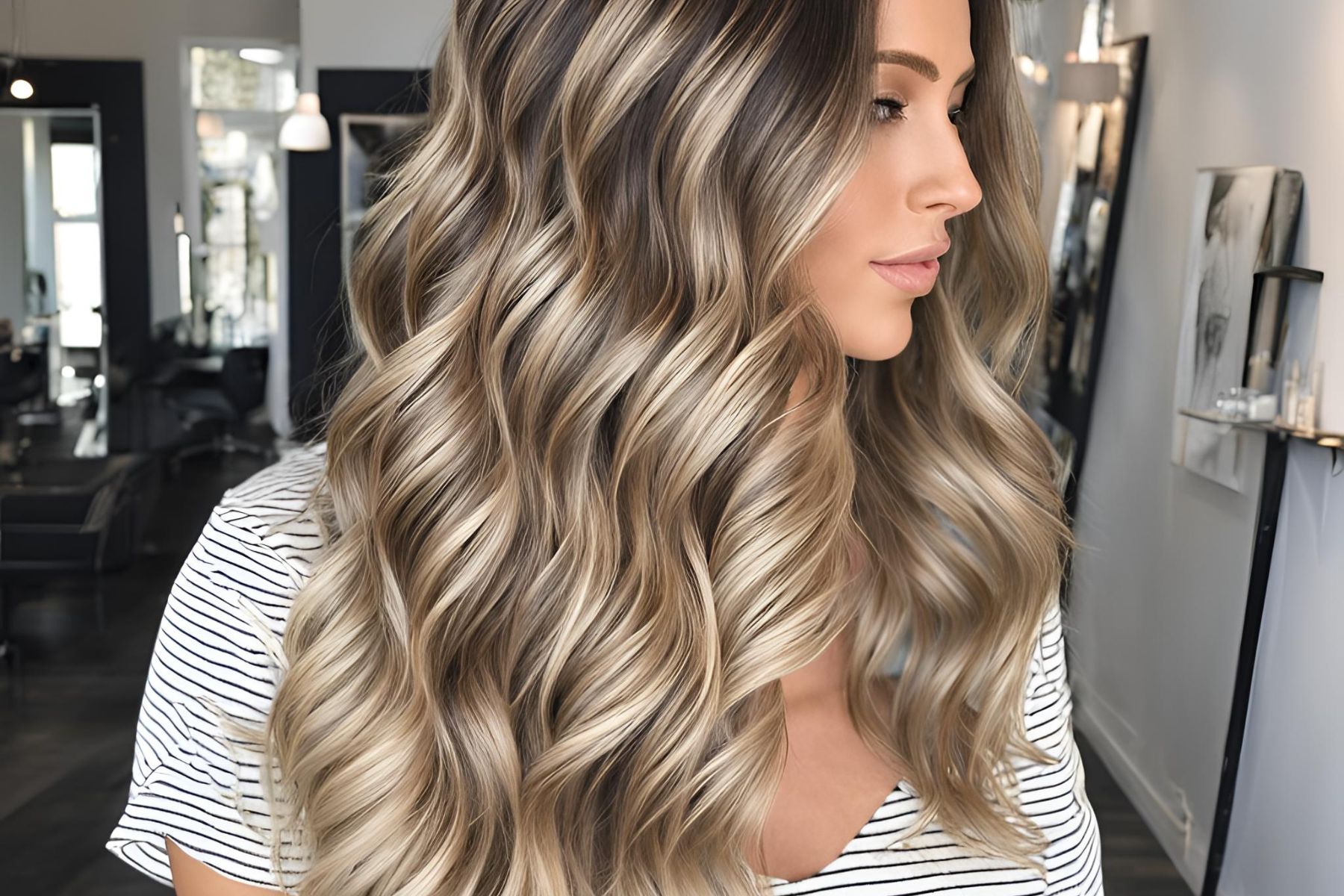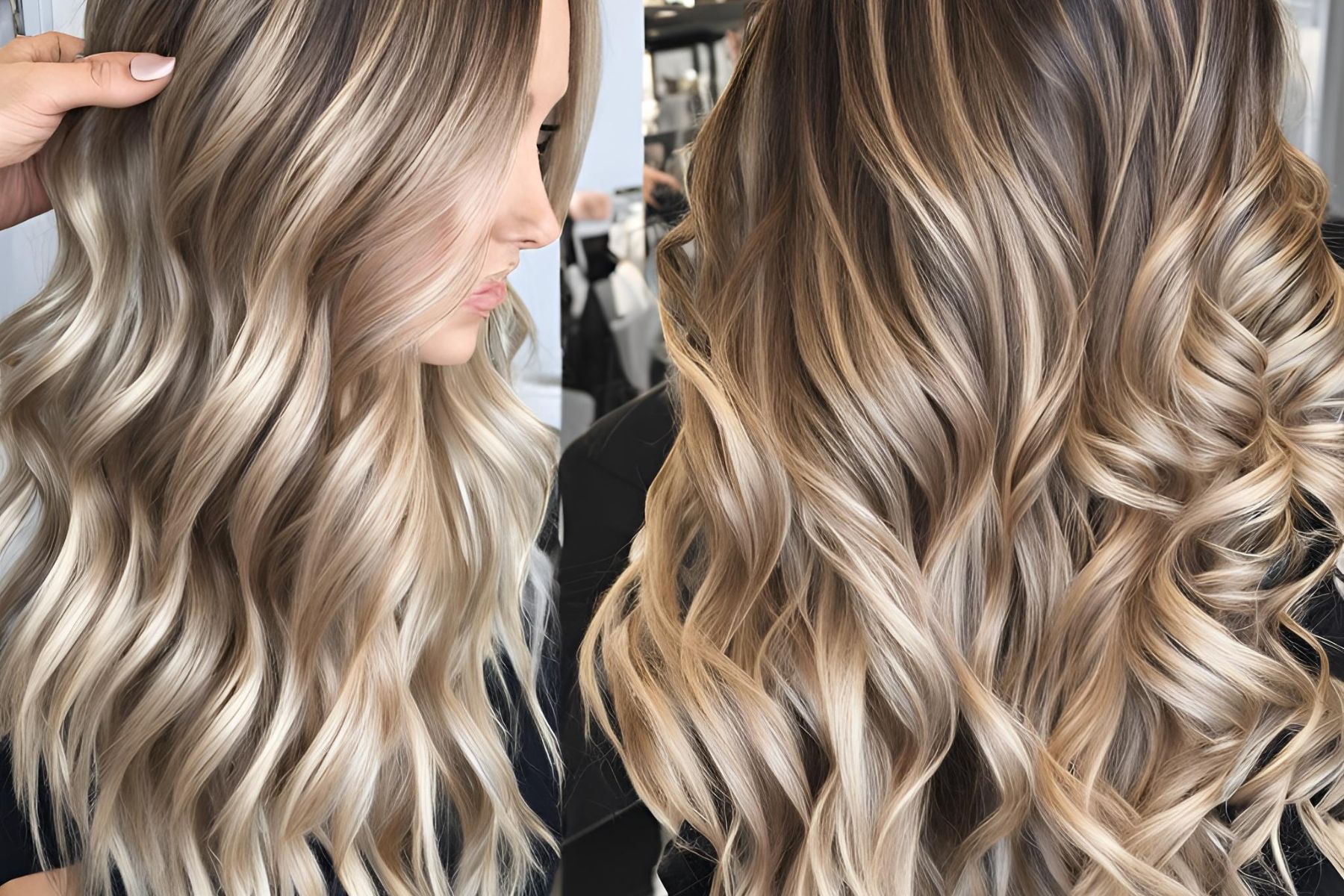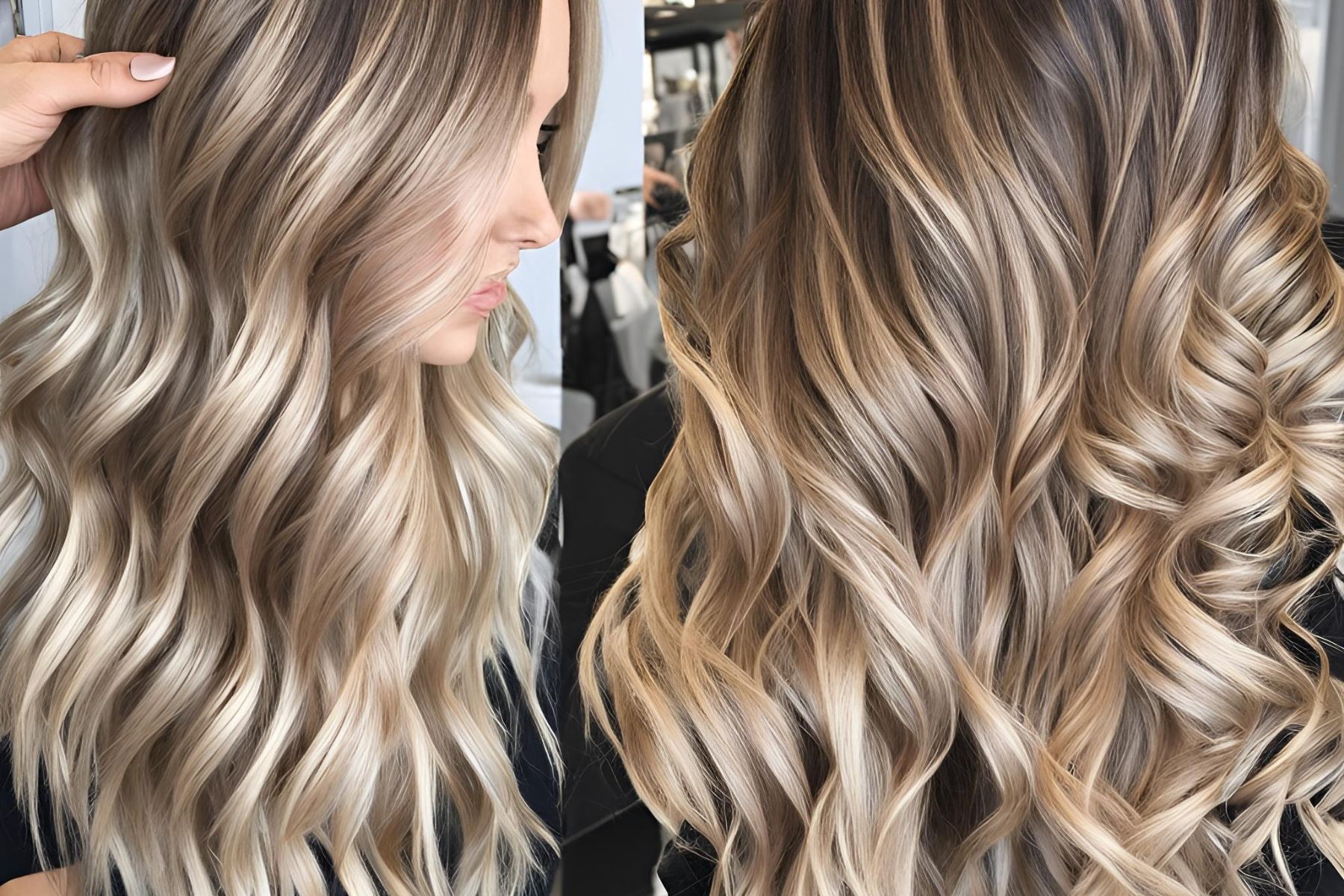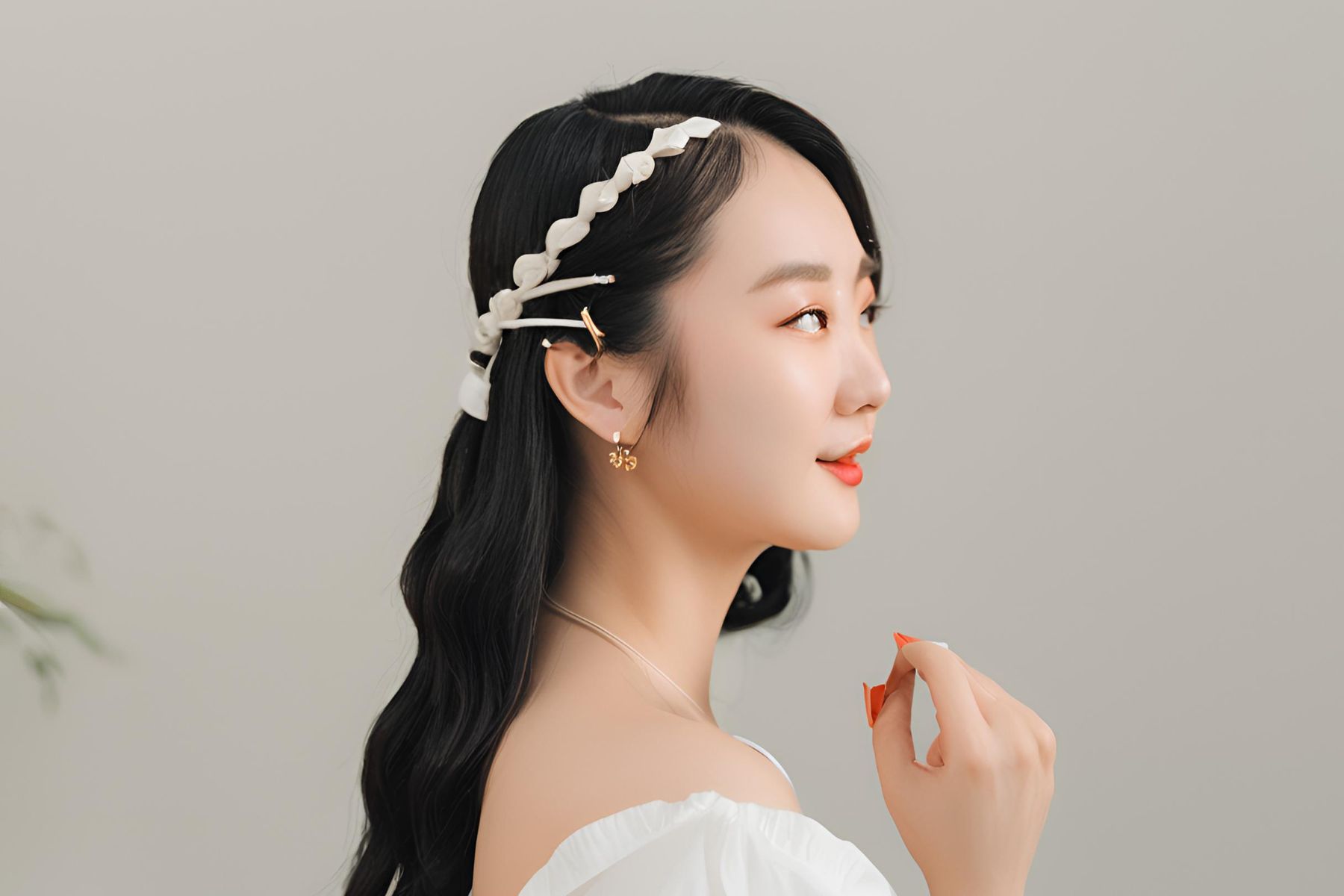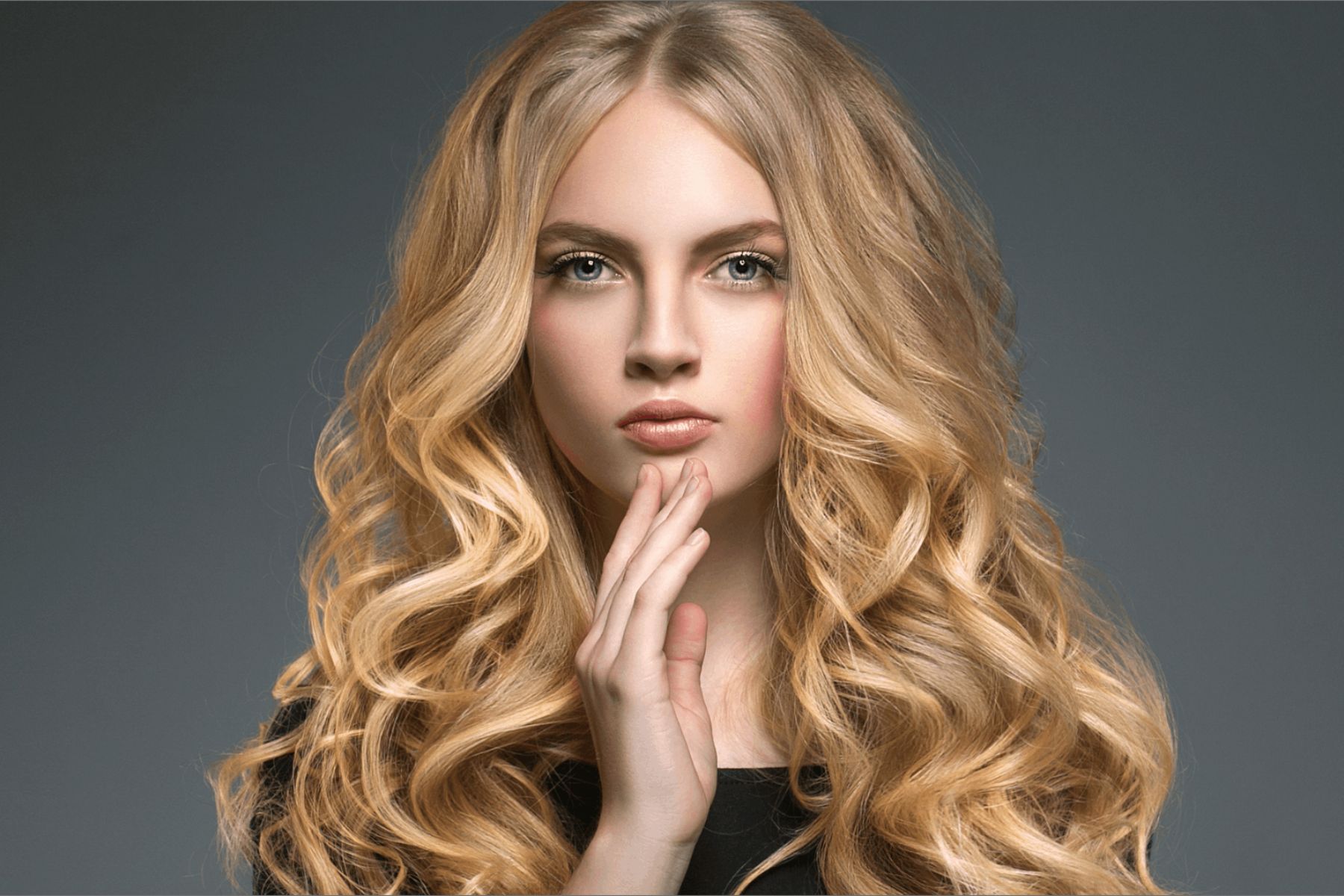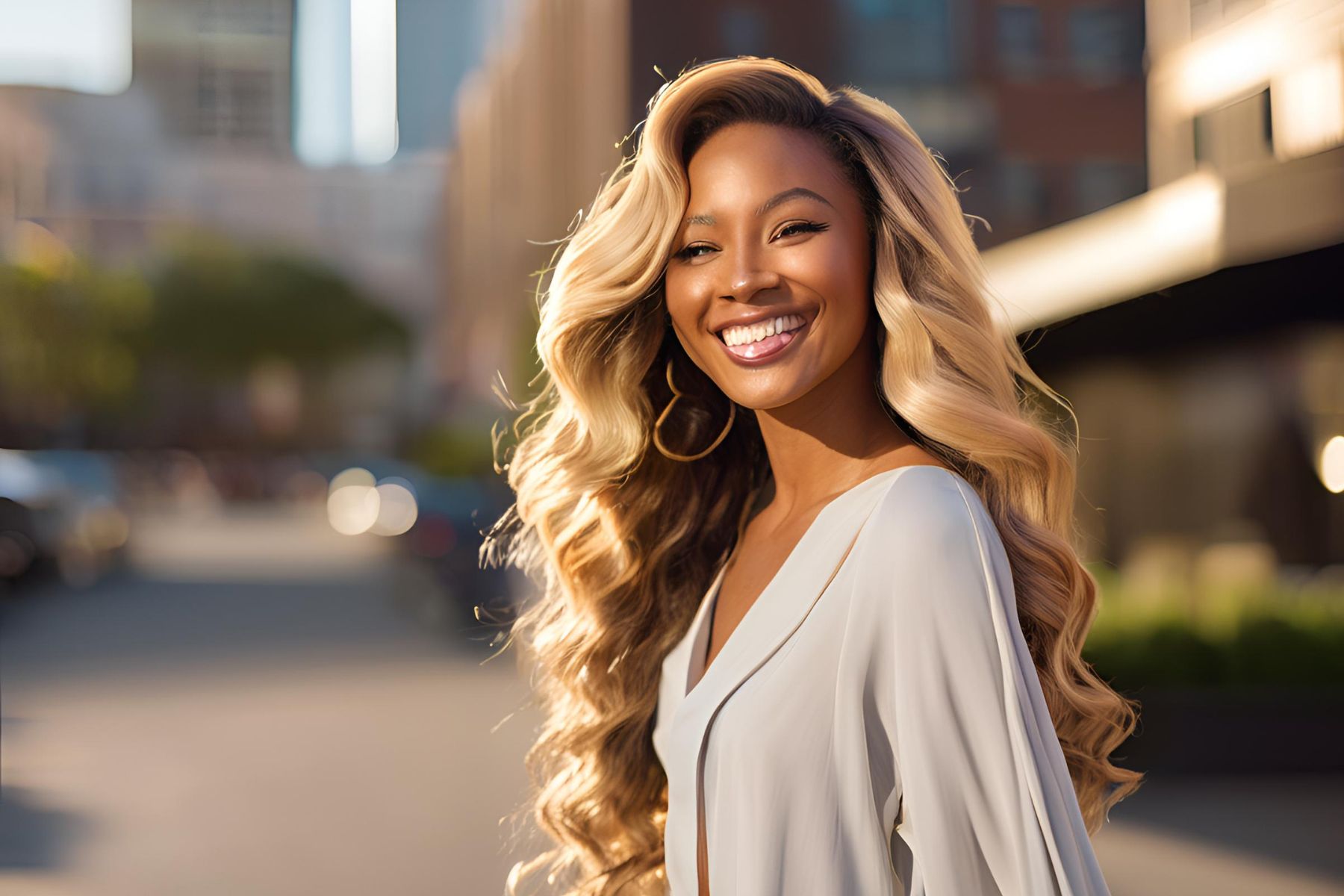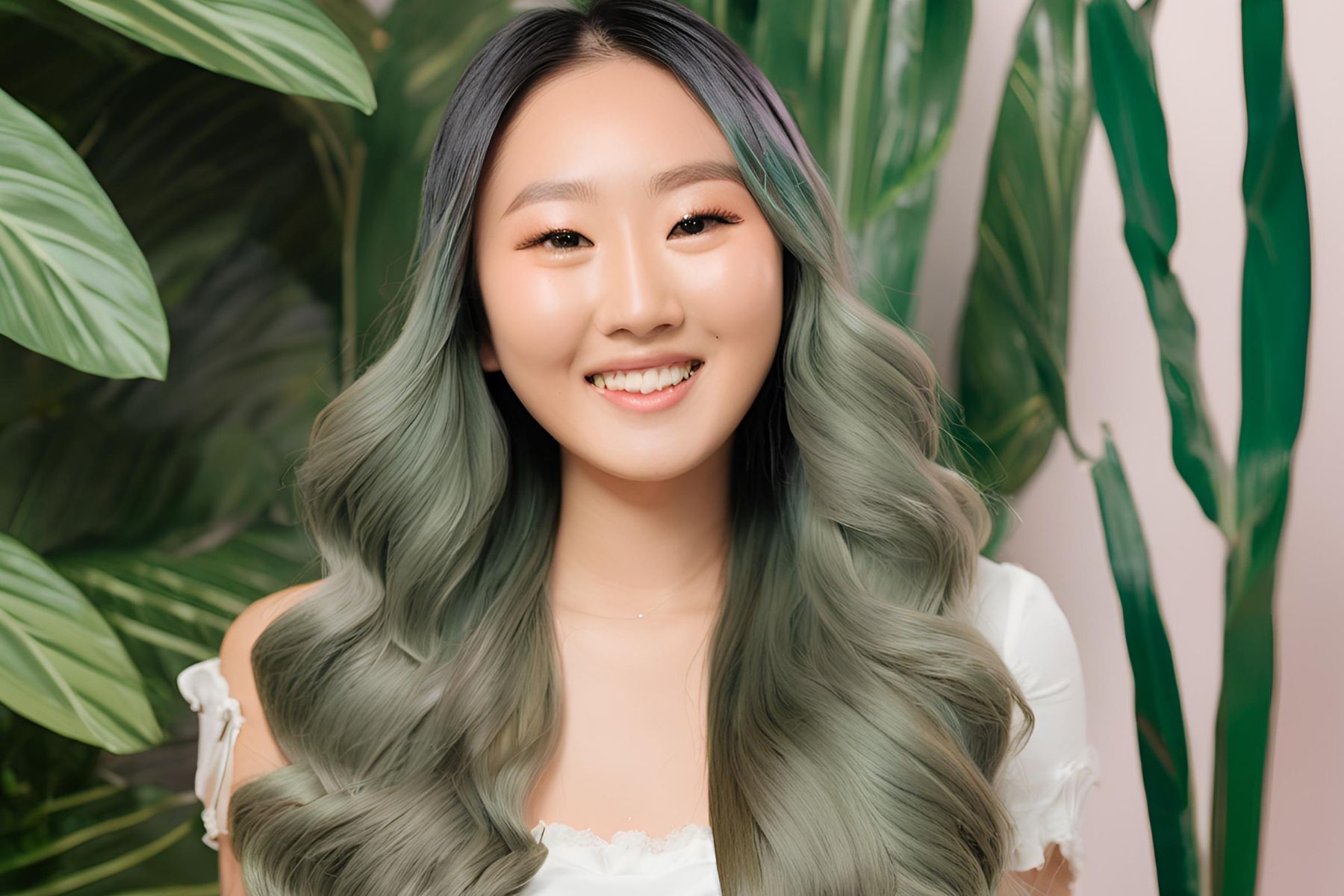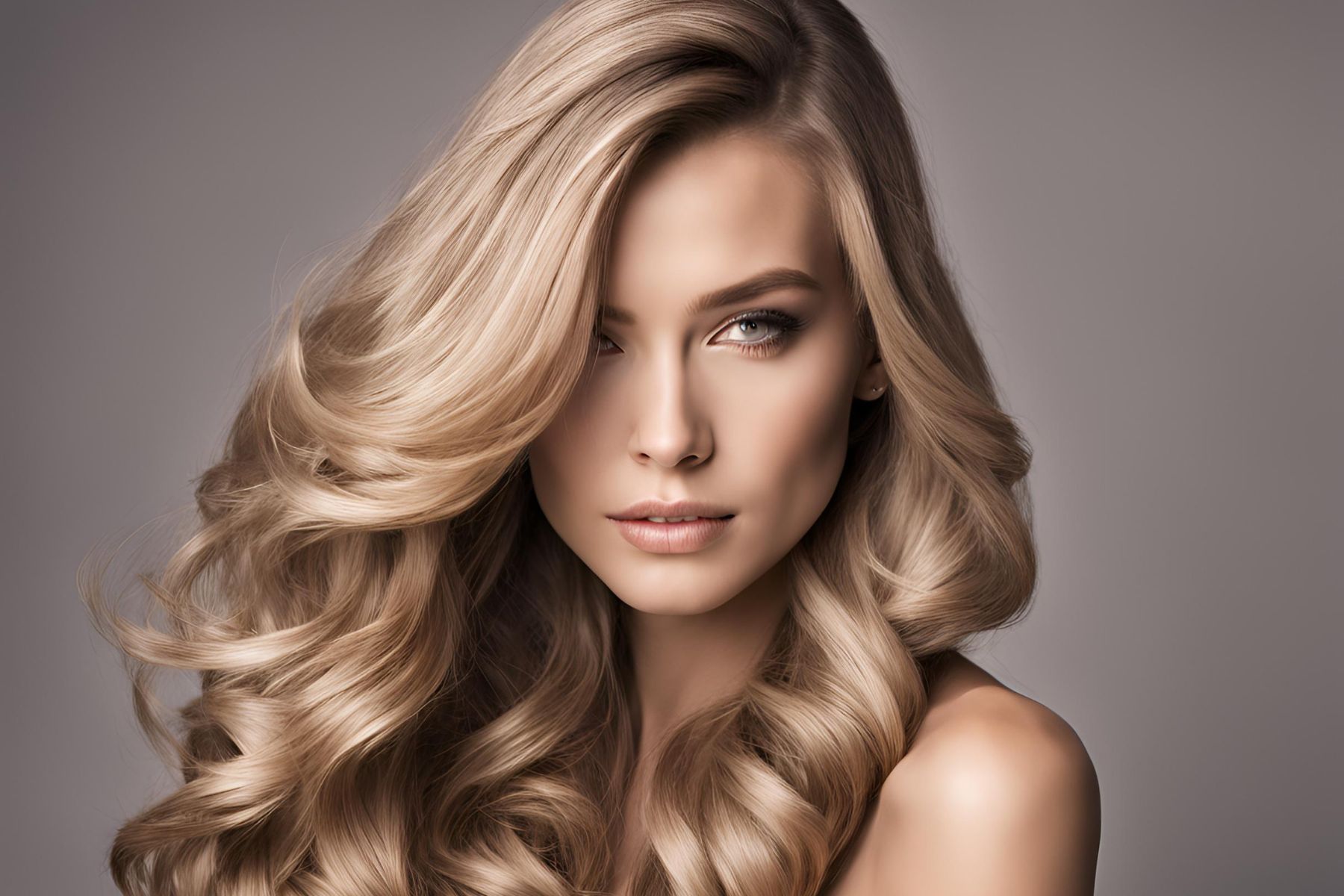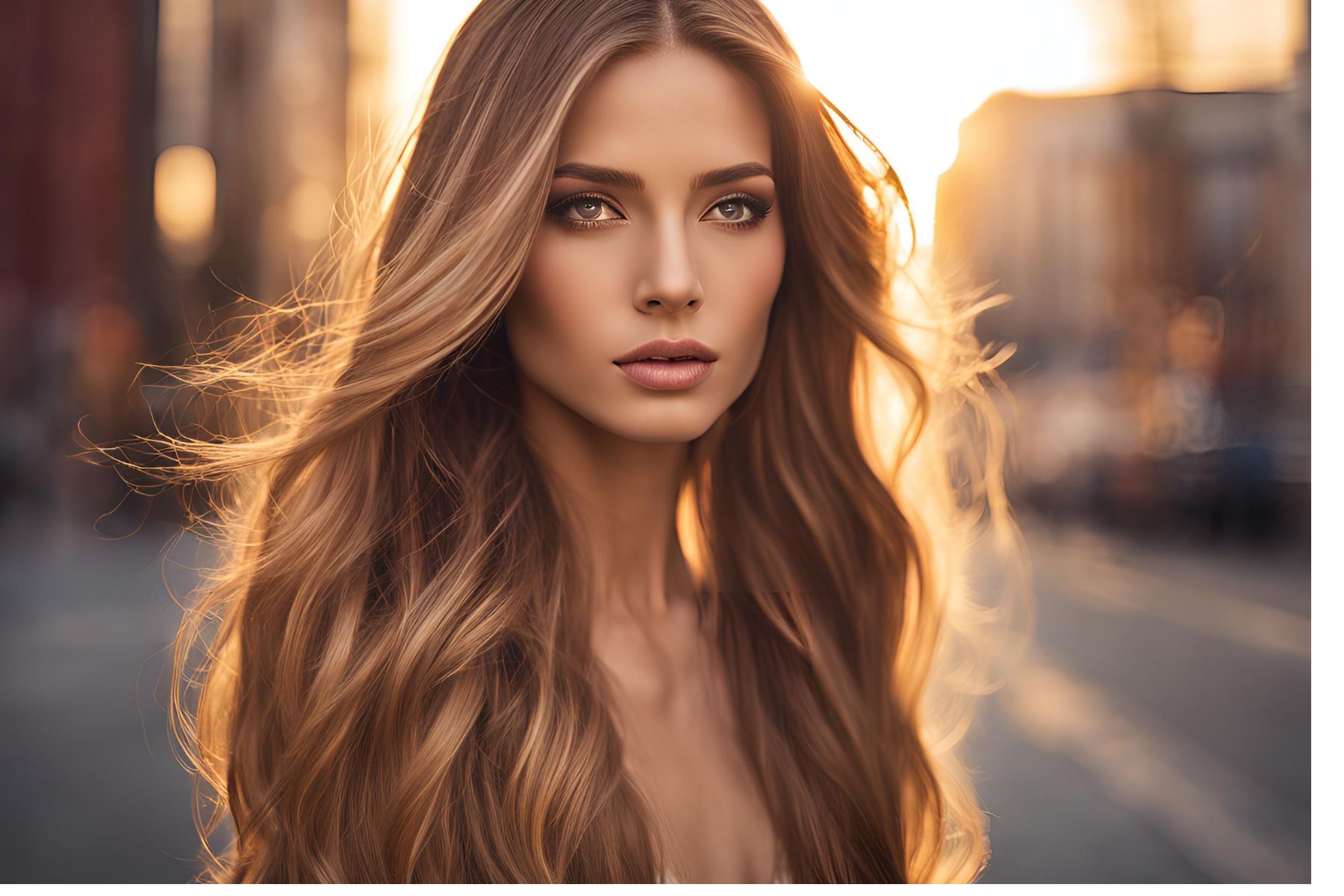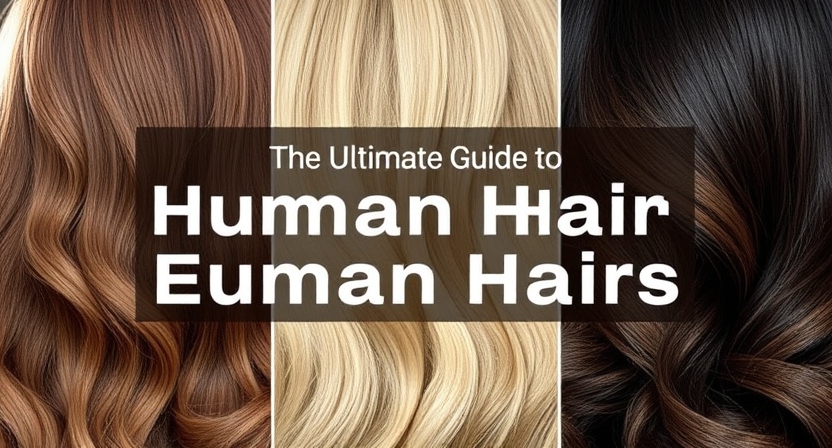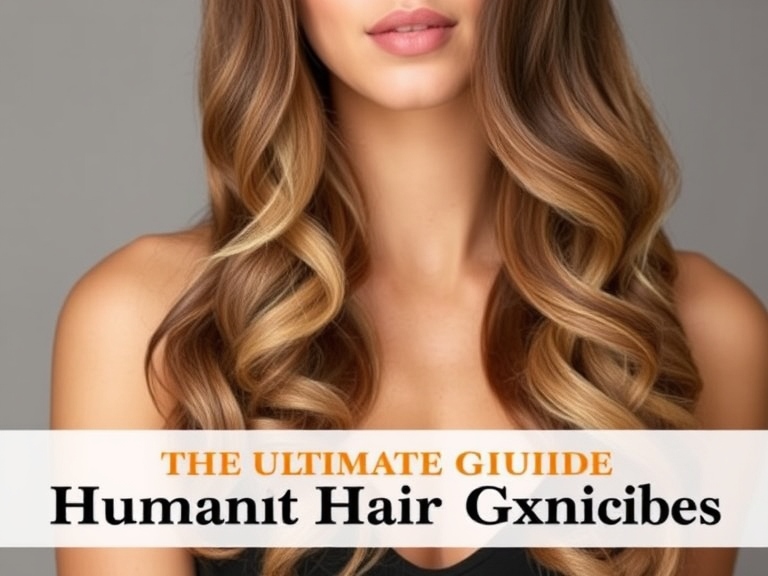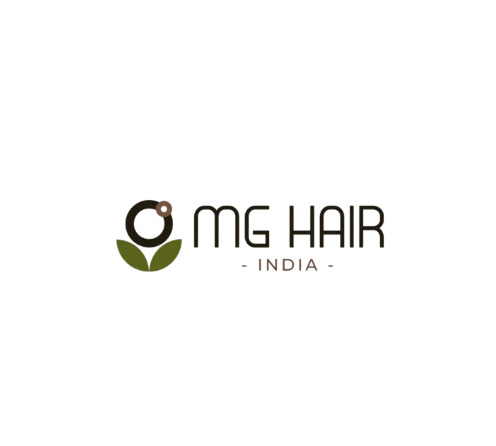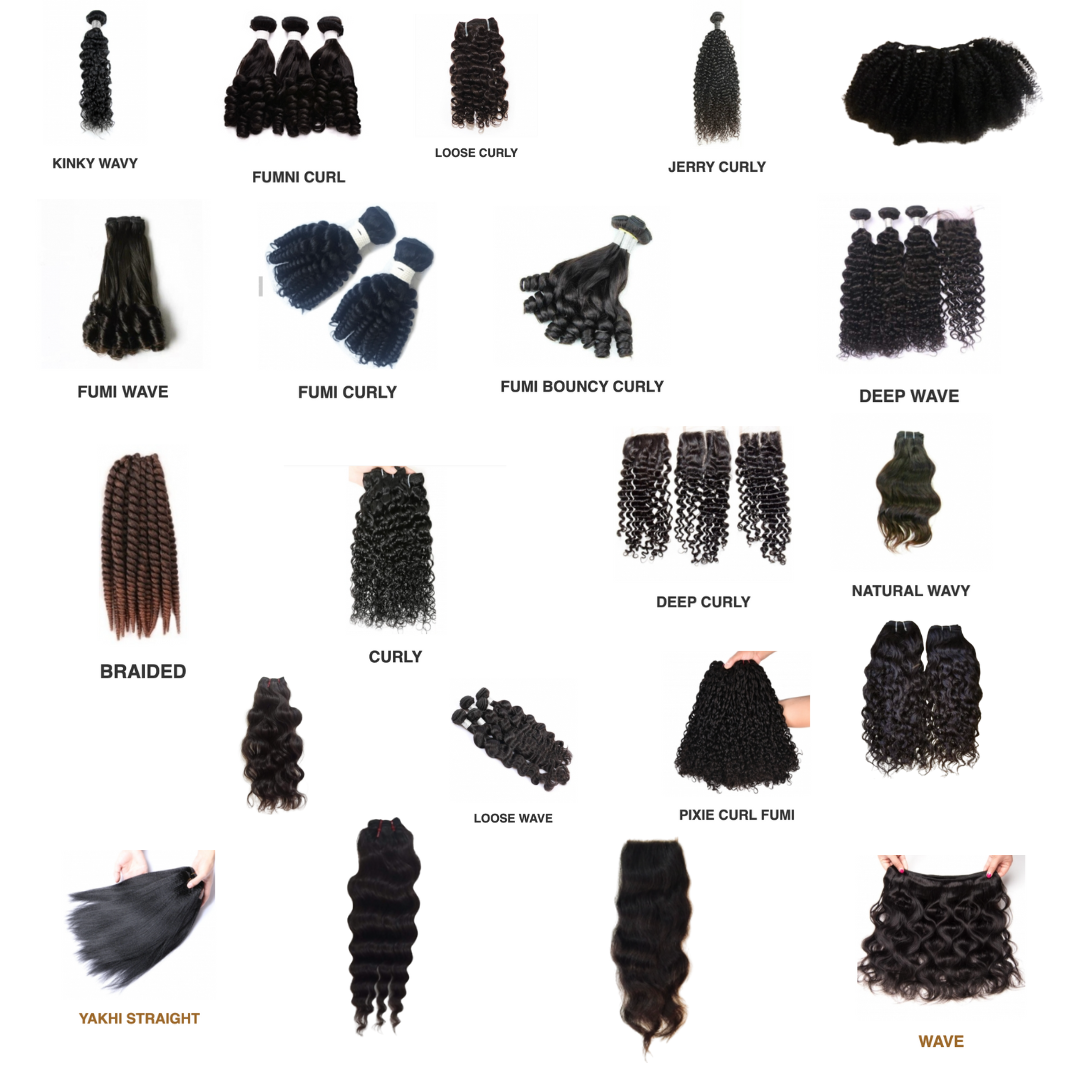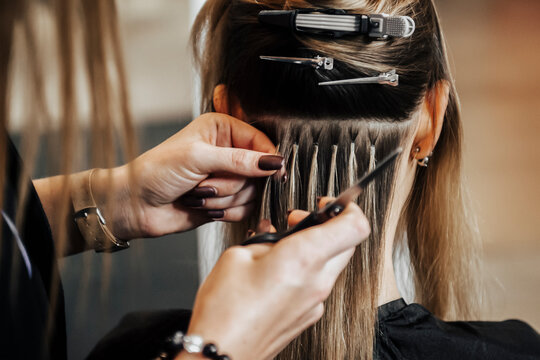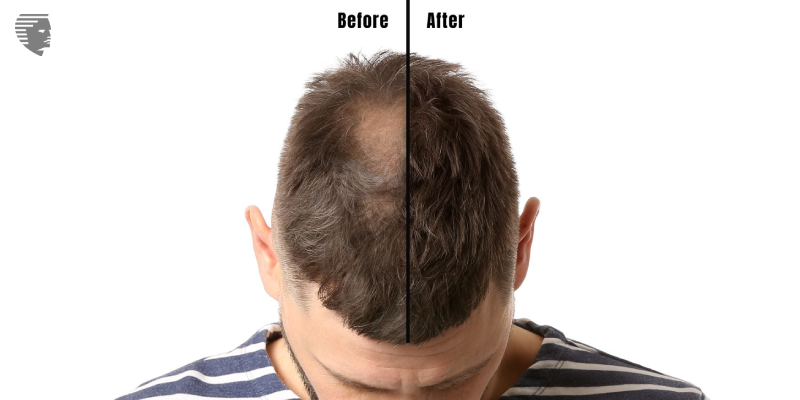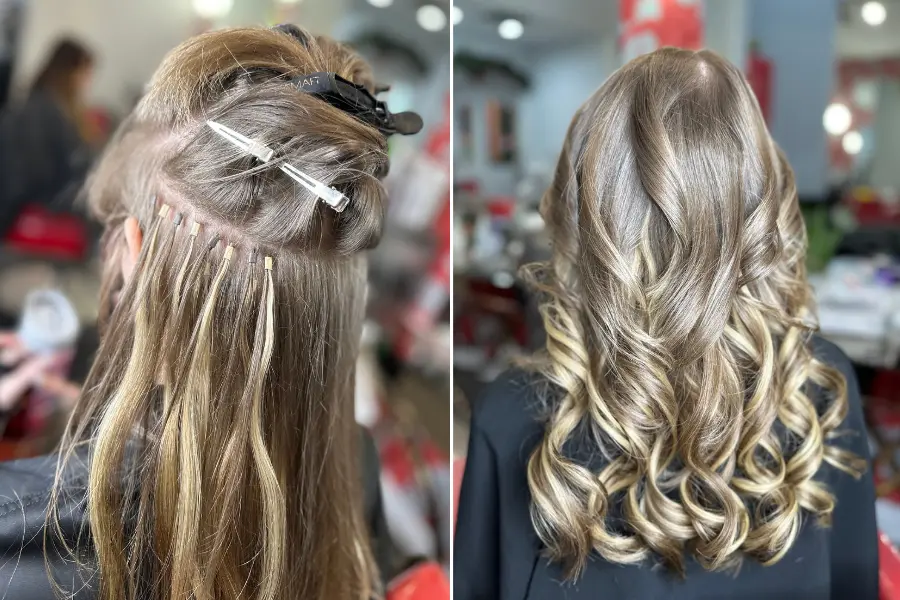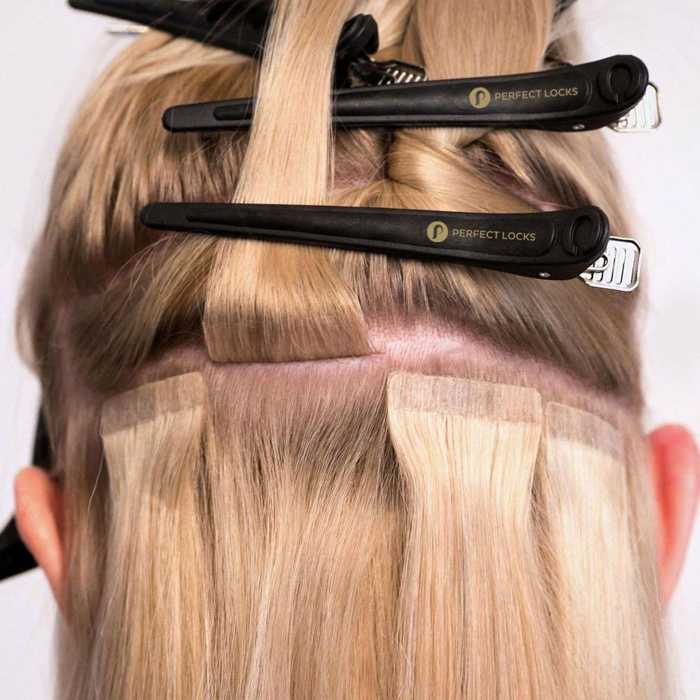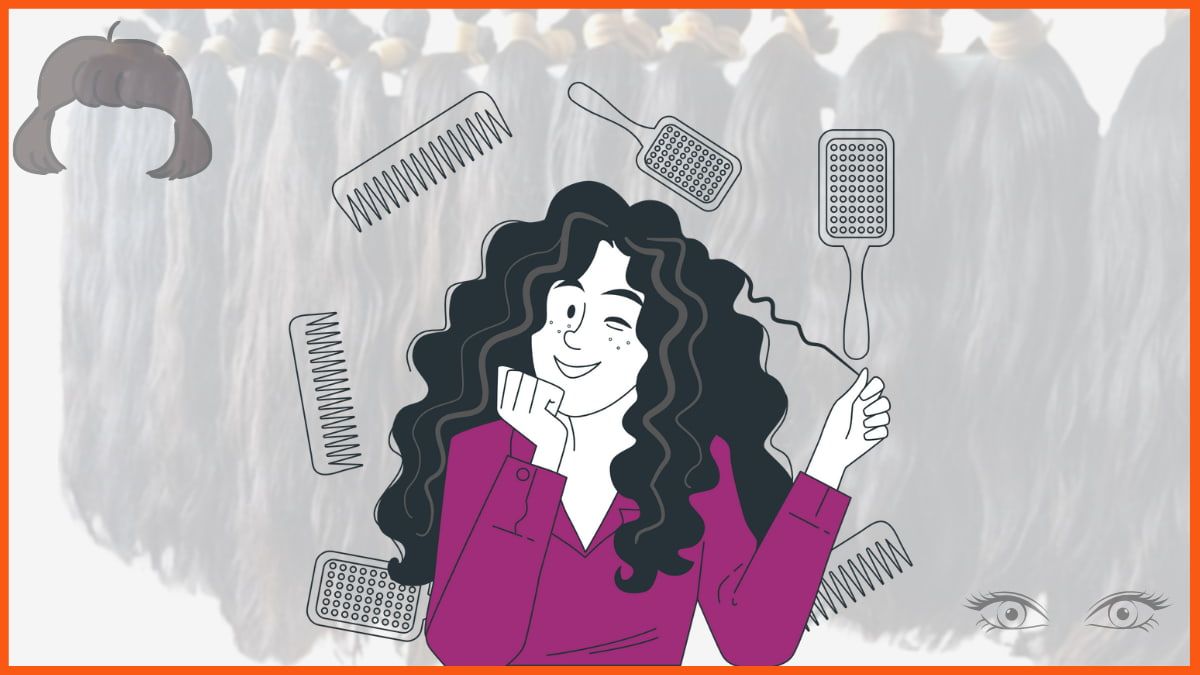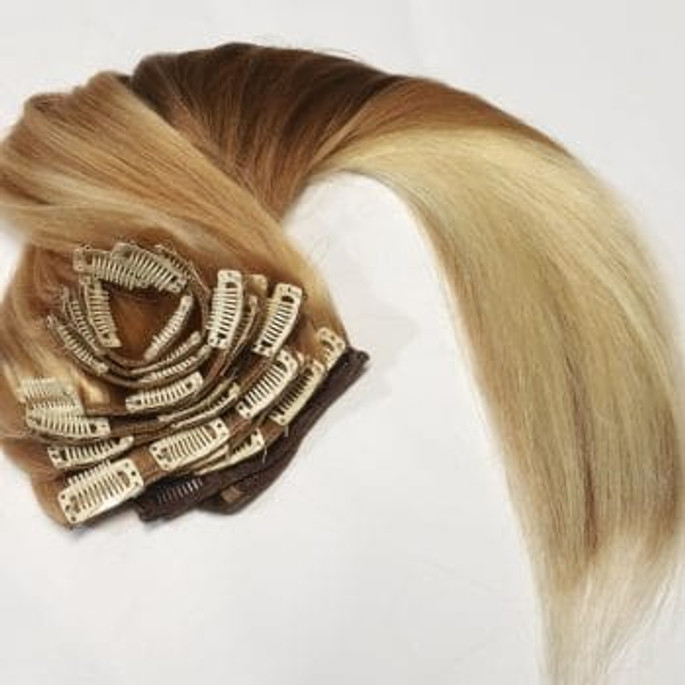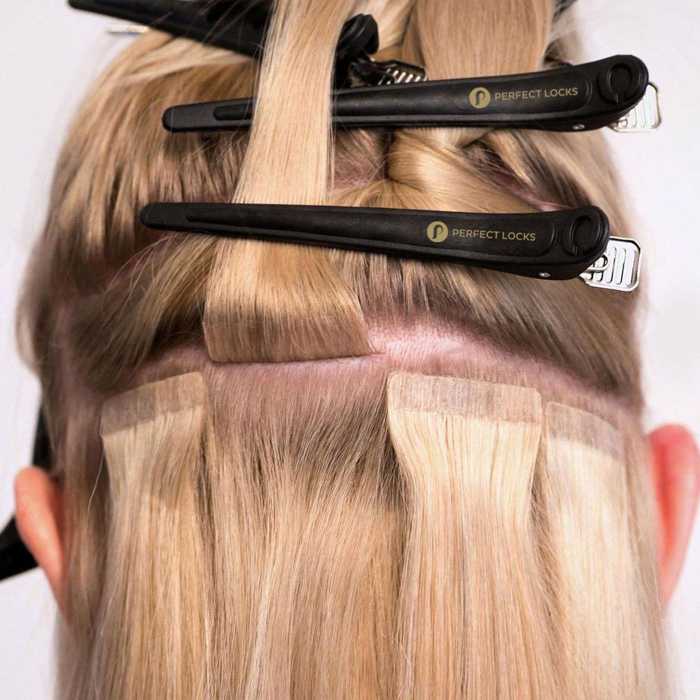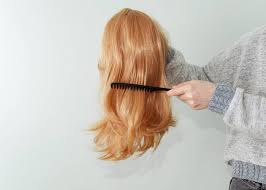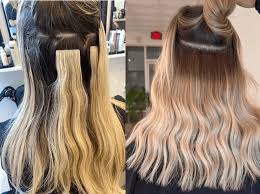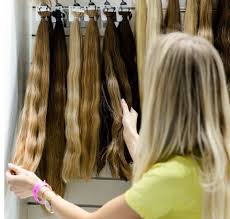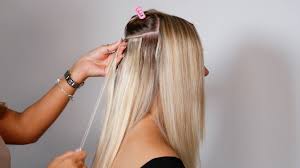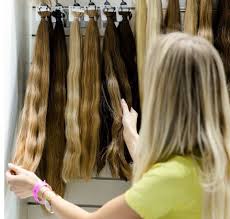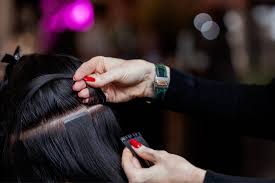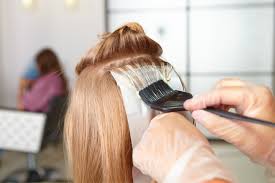The Evolution of Lace Front Technology: From Theater Tricks to Everyday Glam
When you think of lace front wigs today, what comes to mind?
Flawless hairlines. Natural-looking styles. And wigs so seamless, you’d never guess they weren’t real.
But lace fronts didn’t always look this effortless. In fact, their roots trace back to dusty theater stages, heavy adhesives, and time-consuming application processes.
Today, let’s go on a journey — through time, trends, and tech — and explore how lace front technology became what it is now: the crown jewel of modern wig design.
🎭 The Humble Beginnings: Theater and Film (Early 1900s - 1960s)
Long before lace fronts hit mainstream beauty shelves, they were exclusively used behind the curtains — literally.
The early 20th century saw lace wigs used in stage productions and old Hollywood films. Actors needed realistic hair that stayed put through performances and close-ups.
What They Used:
-
Hand-tied lace (usually coarse and thick)
-
Spirit gum or harsh adhesives
-
Hairpieces glued directly to skin or scalp
These wigs were impressive for the time, but far from comfortable. They were hot, heavy, and hard to maintain.
But the goal was always the same: illusion. Creating the look of hair growing from the scalp — even if it took hours to achieve.
💋 The Glam Era: Drag Culture and High Fashion (1970s - 1980s)
Fast forward to the 70s and 80s, and lace fronts took on a new cultural role.
Drag performers, fashion designers, and celebrities embraced lace wigs to create show-stopping transformations. While still niche, the demand for more realism and versatility grew.
Key Changes:
-
Lace became finer and less visible
-
Wigs began to offer more realistic parting and density
-
Custom hairlines started becoming a thing
However, lace fronts were still a luxury — not widely available or affordable. Wearing one still required a pro stylist, strong adhesives, and patience.
But something big was about to change…
📺 The 90s-00s Boom: Music Videos, Red Carpets, and Celeb Culture
The late 1990s and early 2000s changed everything.
Why? Because celebrities began openly embracing wigs — especially lace fronts.
Think Beyoncé, Tyra Banks, Lil' Kim, and later, Nicki Minaj. Their glam teams used lace front wigs for music videos, press tours, and TV — because these wigs offered:
-
Natural hairlines on camera
-
Quick hairstyle changes without damage
-
Glam looks that lasted for hours
This visibility changed public perception. Wigs were no longer “taboo” or “just for hair loss.” They became a beauty tool — a style statement.
.jpg)
⚙️ The Technology Catch-Up: 2010s Innovation Explosion
Once the beauty world realized lace fronts were here to stay, innovation took off.
Manufacturers began to re-engineer the very materials used to create wigs.
🔬 Here's what changed:
-
Swiss & HD Lace:
Replaced thick French lace with ultra-thin, breathable options that melted into any skin tone.
-
Pre-Plucked Hairlines:
Mimicked the irregular growth of a real hairline for more realism straight out of the box.
-
Bleached Knots:
Minimized visible wig knots at the root, creating the illusion of real hair growing from the scalp.
-
Glueless Wigs:
Introduced adjustable straps and combs to ditch adhesives altogether.
-
Custom Density Options:
Gave users control over how thick or light the wig looked, especially near the front.
Suddenly, lace fronts weren’t just for celebs or makeup artists — they were for everyone.
💡 The Rise of DIY & Wig Influencers (2015–Present)
With the growth of platforms like YouTube, TikTok, and Instagram, the lace front world exploded again.
Suddenly, everyday people were learning how to:
-
Melt their lace using a blow dryer and spray
-
Create baby hairs that matched their real edges
-
Customize wigs with foundation, tint sprays, and hot combs
-
Transition from straight to curly in one wash
The community began educating itself — and even influencing the industry.
What users requested online, brands started offering:
-
Wigs for deeper skin tones
-
Beginner-friendly glueless installs
-
Pre-cut lace options
-
Transparent HD lace for all complexions
The demand for lace fronts became intersectional and inclusive, catering to beauty lovers, cancer survivors, alopecia warriors, and everyday glam seekers alike.
🔮 What’s Next for Lace Front Technology?
We’ve come a long way, but innovation hasn’t stopped.
Here's where lace fronts are heading:
1. 3D Printed Lace Wigs
Companies are exploring 3D printing technology to replicate even more natural scalp textures and exact hairline shapes — paired with AI personalization (like we talked about in our last blog 😉).
2. Lace-less Realism
Some brands are blending lace technology with polyurethane (PU) skins to make lace-free wigs that still look undetectable.
3. Heat-Control Materials
New lace types are being engineered to stay cool in hot climates — especially useful for performers or people in warm environments.
4. Wig Wearables
Yes, smart wigs are in development — featuring sensors that monitor scalp health, moisture, and even UV exposure.
🧠 Real Talk: Why Lace Fronts Matter (Even Beyond Aesthetics)
Lace fronts aren't just about looking good. They're about feeling like yourself again — or reinventing yourself when you want to.
For some, they're tools of healing after hair loss.
For others, they're ways to embrace identity, gender expression, or creativity.
In every form, lace fronts have evolved to support confidence, individuality, and beauty without limits.
🗣️ Real Users Share Their Experience
✨ Janaya, 34, Alopecia Areata
"I used to cry when I looked in the mirror. My first lace front changed that. It wasn't just hair. It was me coming back."
✨ Travis, 27, Performer
"Being able to go from bald to blonde bombshell in 15 minutes? That's power. Lace fronts give me that."
✨ Lila, 45, Busy Mom
"I don't have time for sew-ins or installs. My glueless lace front is my 5-minute glam hack. No glue. No stress."
💬 Final Thoughts: More Than Just a Wig
Lace front technology continues to evolve because the people wearing them — you — keep raising the bar.
From old Hollywood tricks to modern masterpieces, lace fronts have journeyed across decades and cultures to become something more than just a beauty product:
They are tools of transformation.
Symbols of resilience.
And reminders that beauty — real beauty — is whatever we choose it to be.
Related Blog

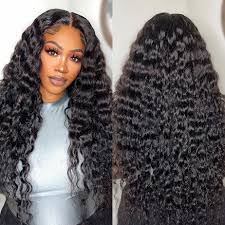
.jpg)


